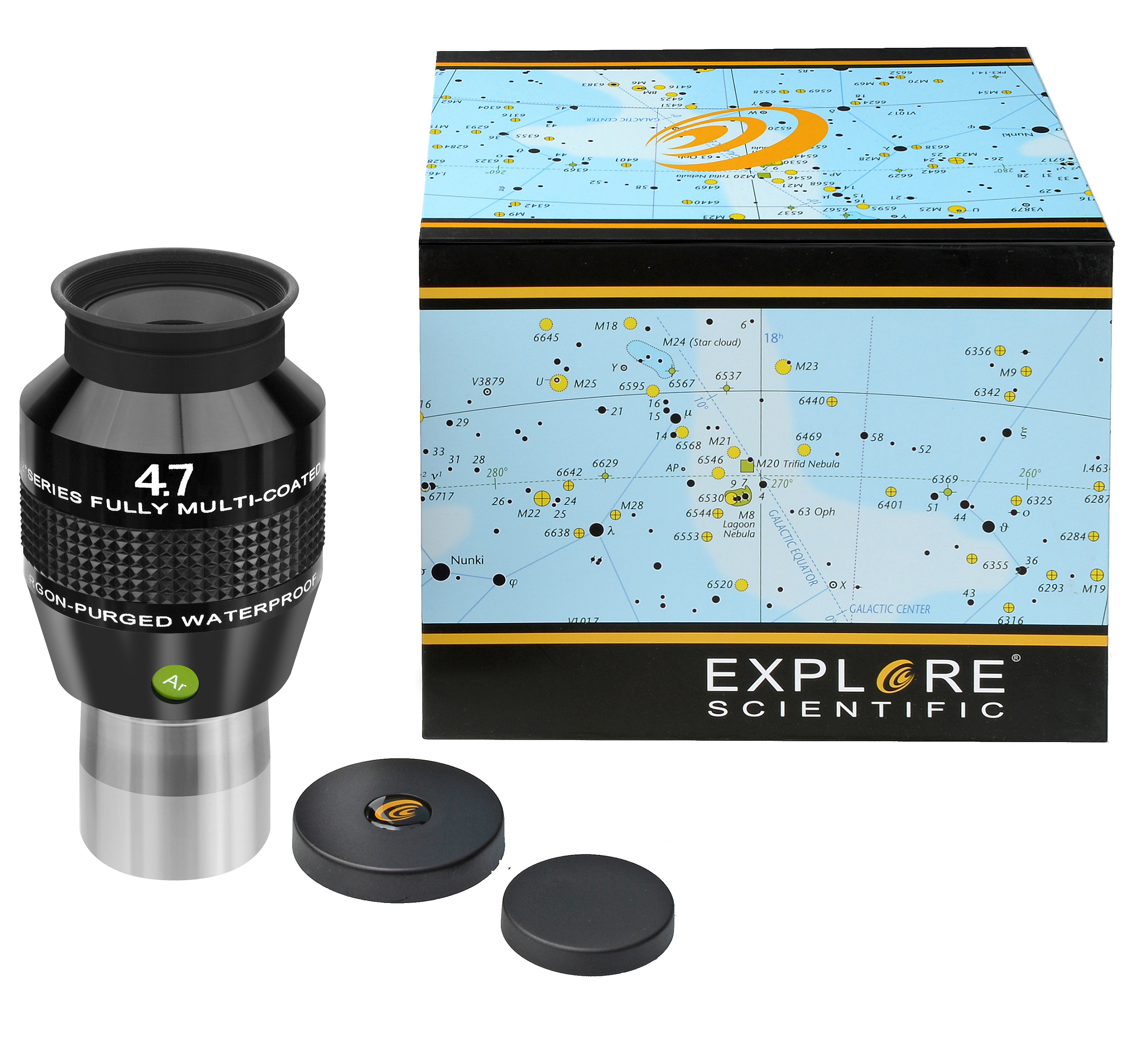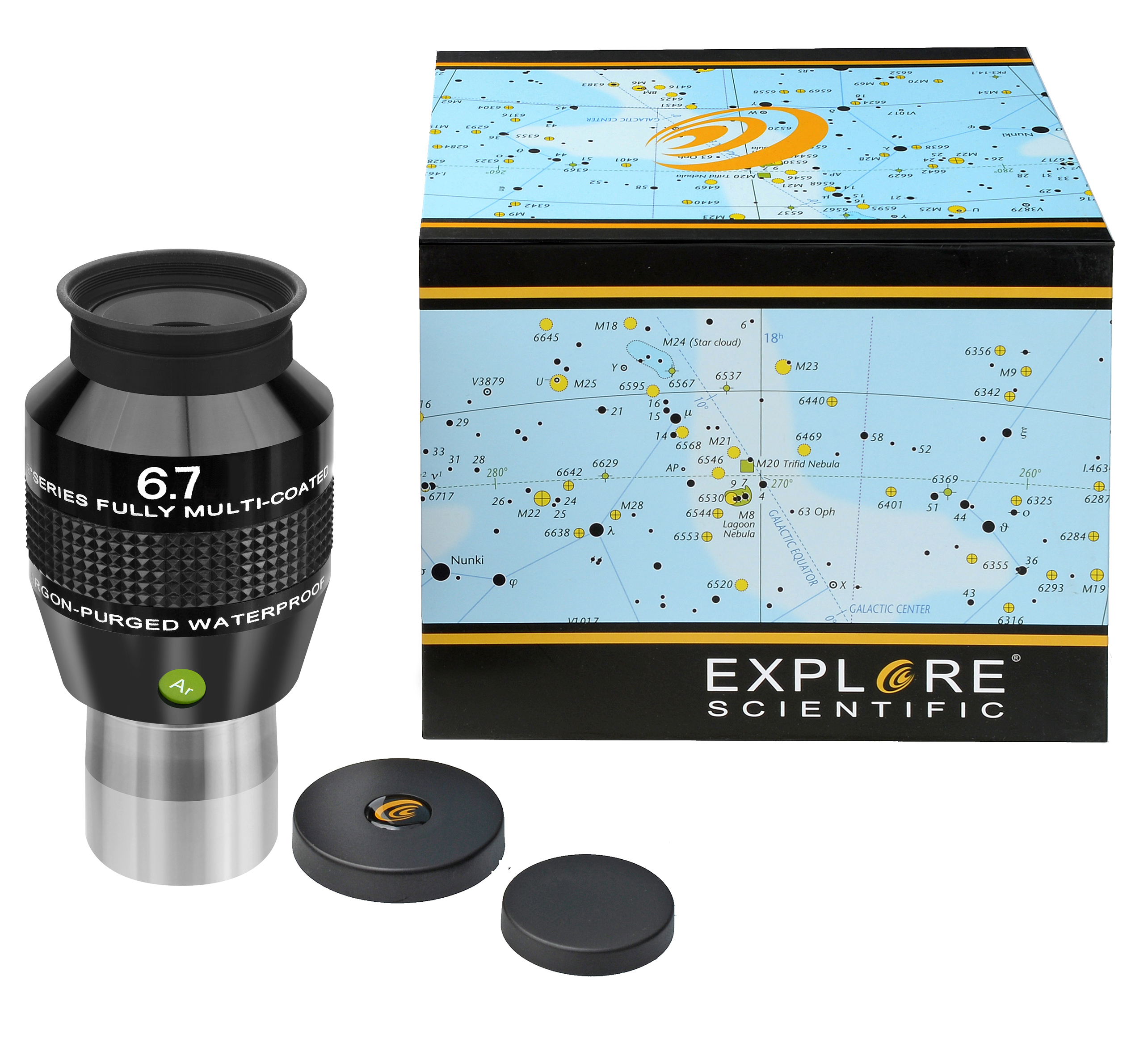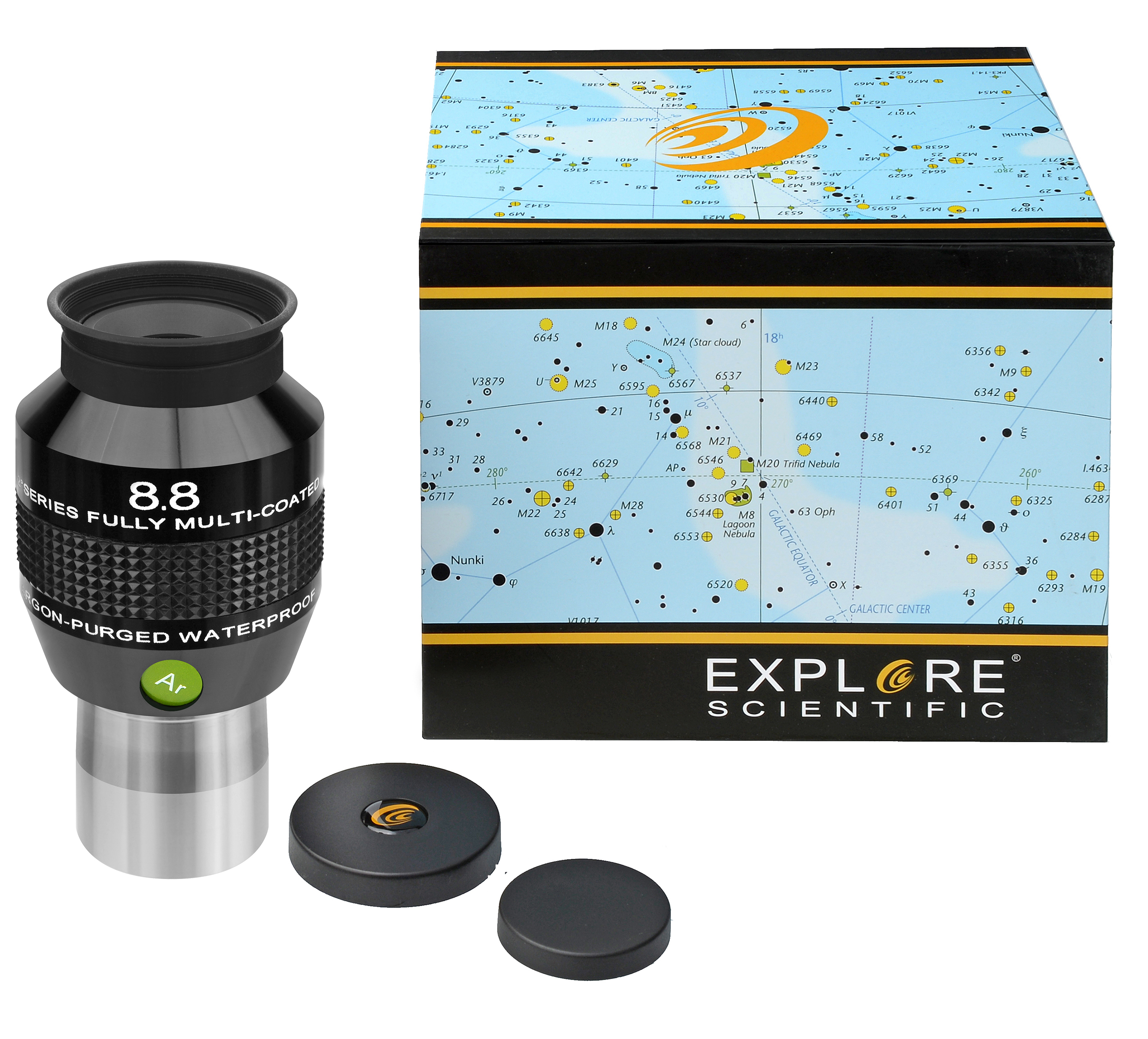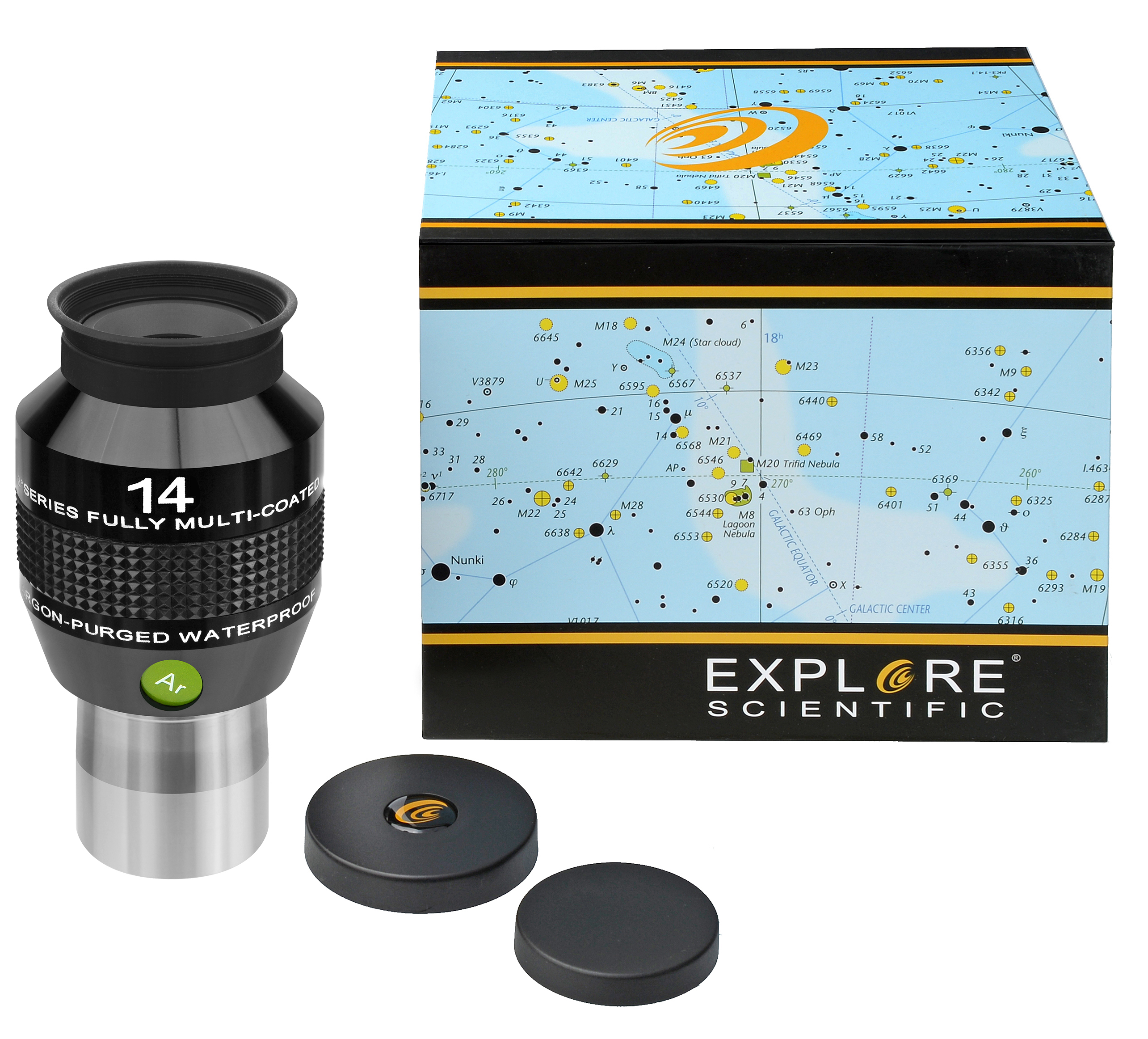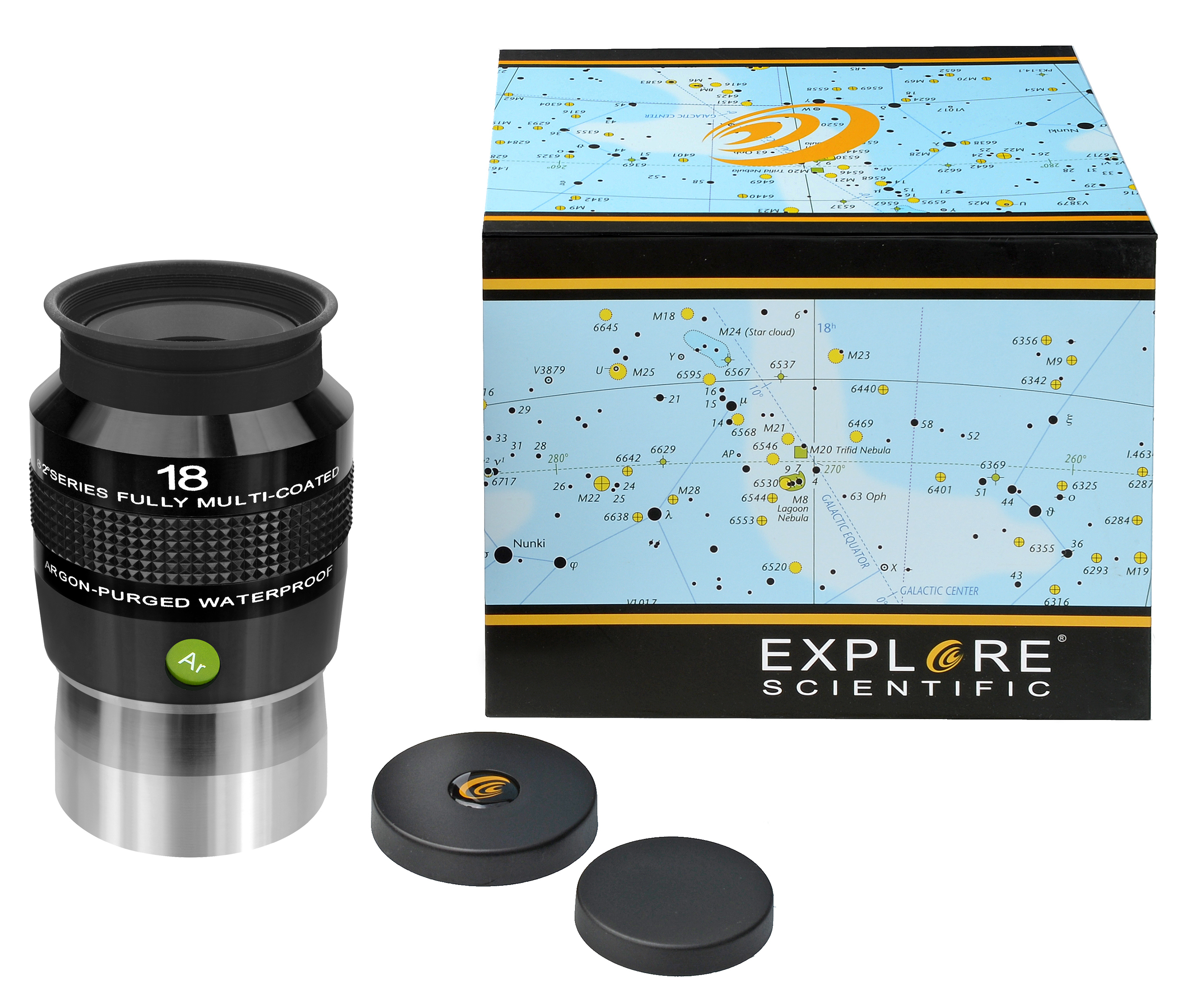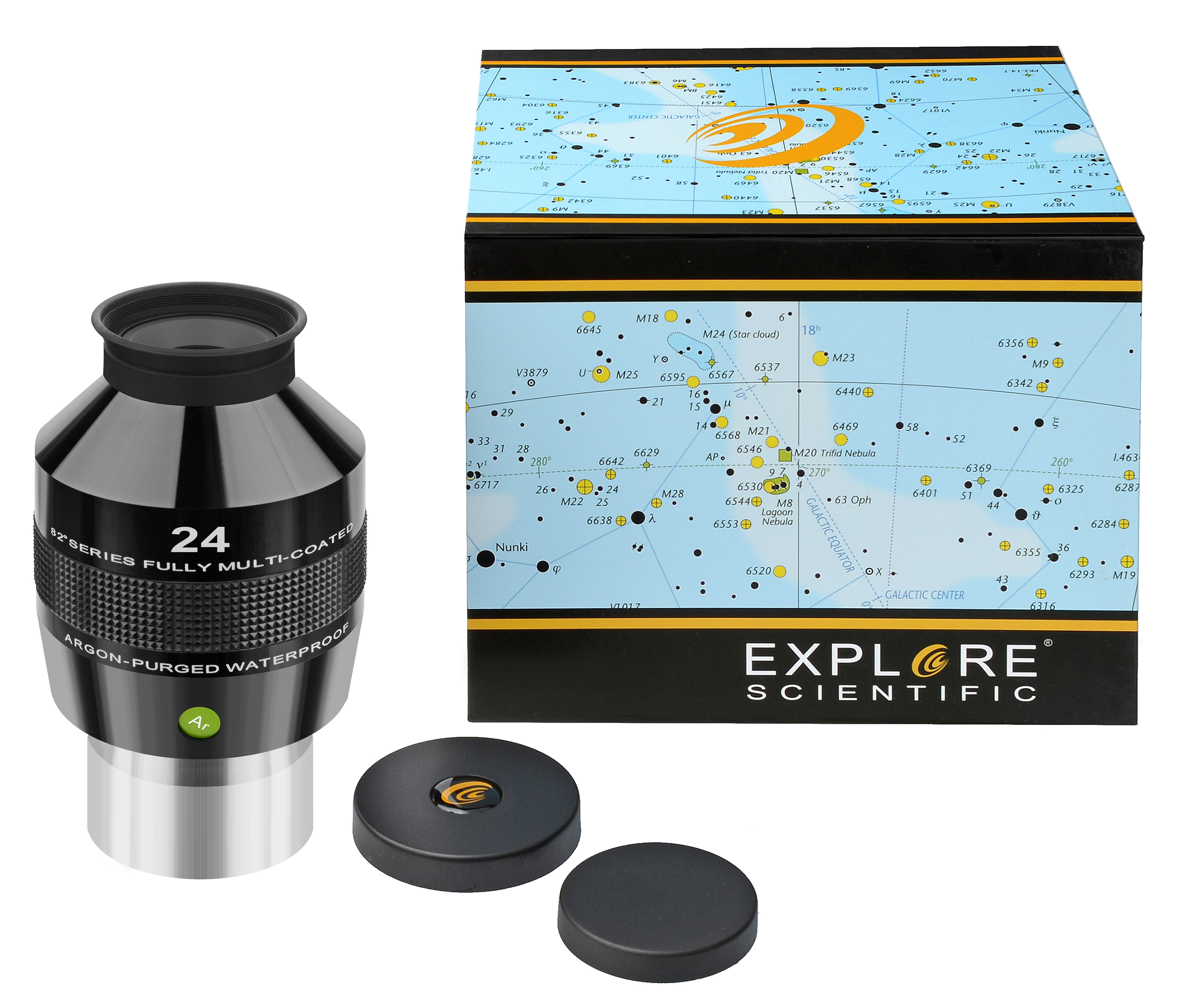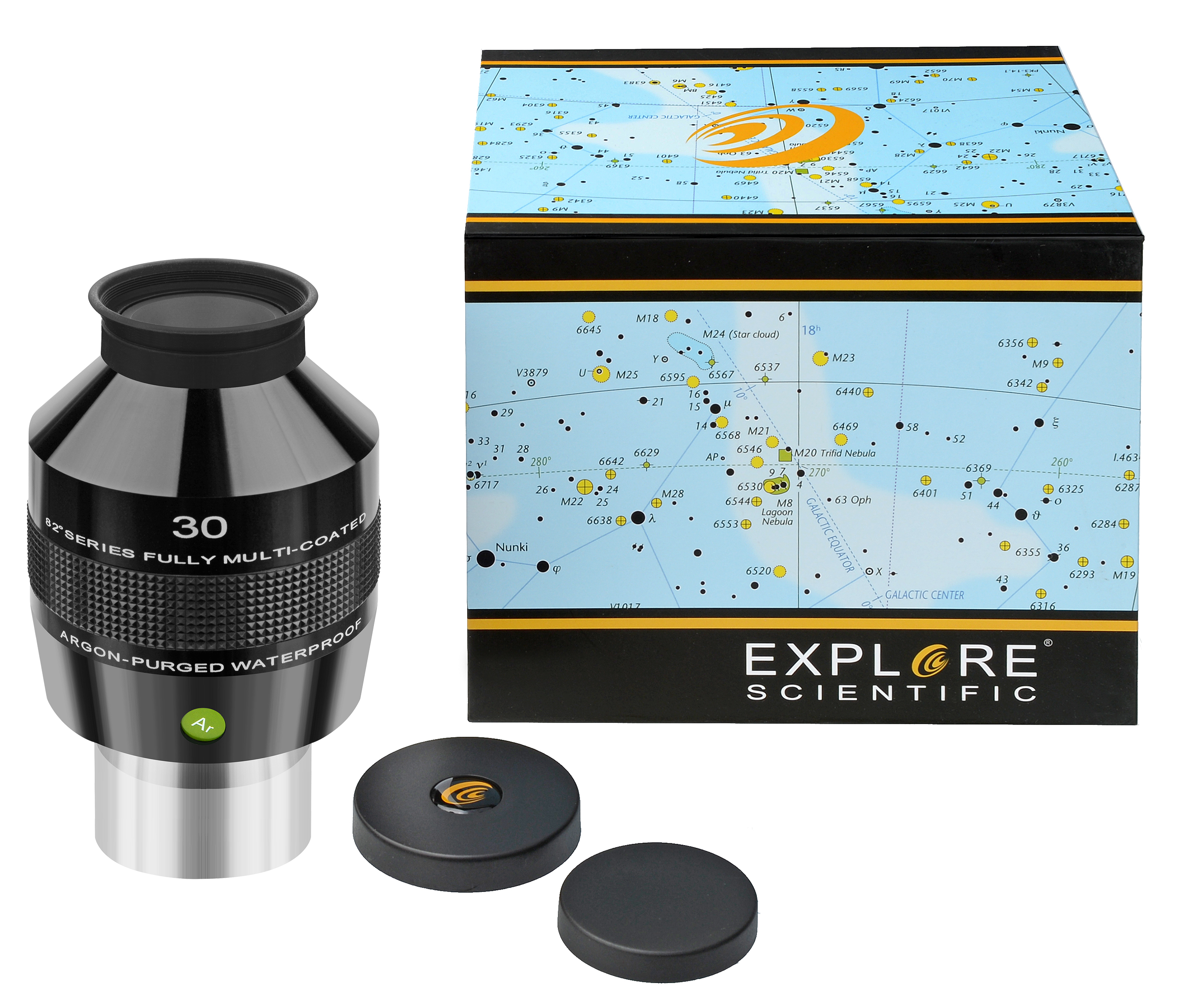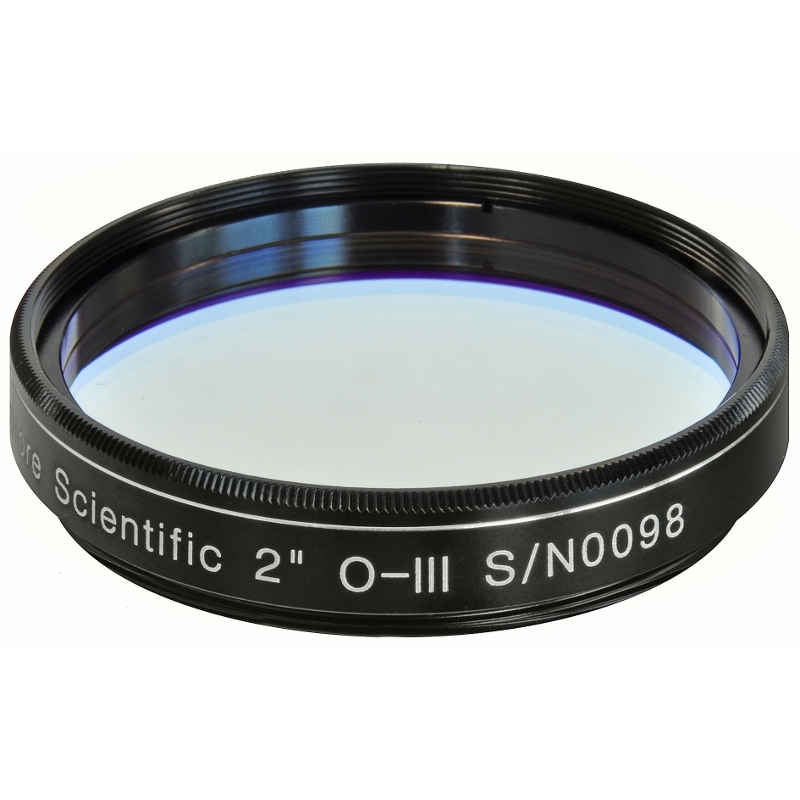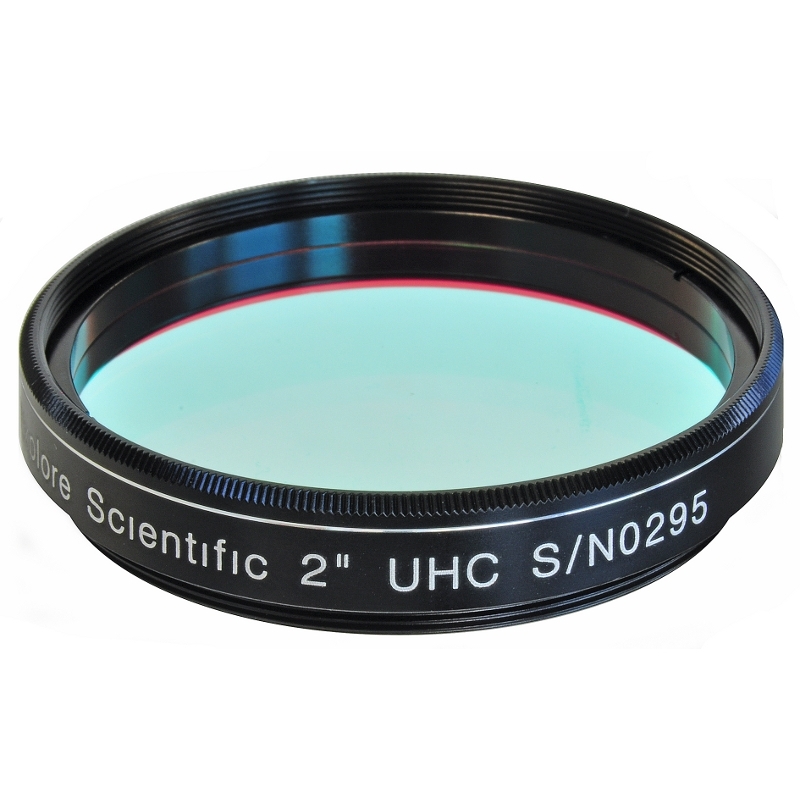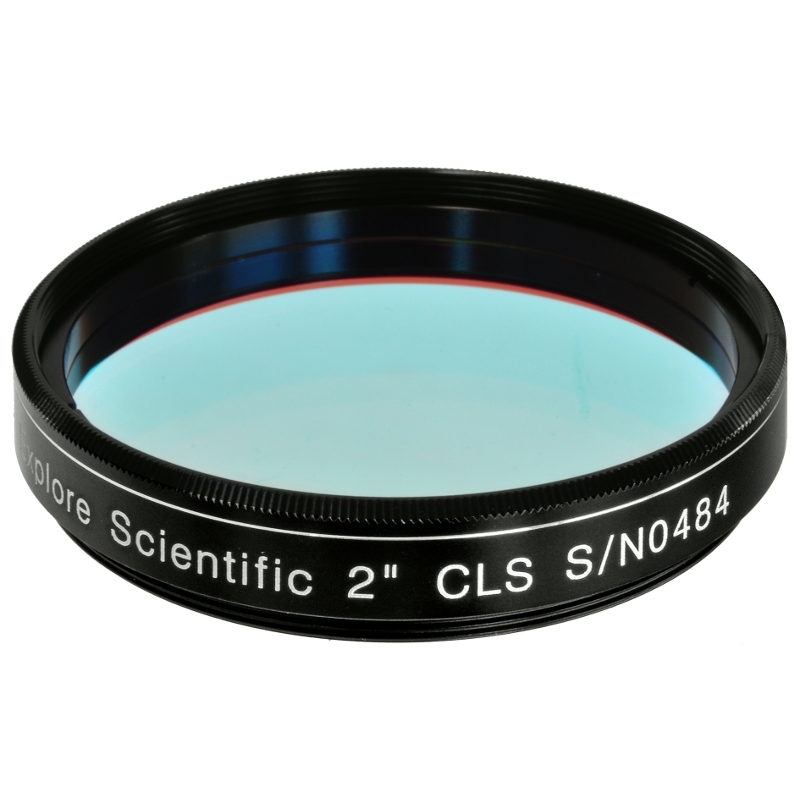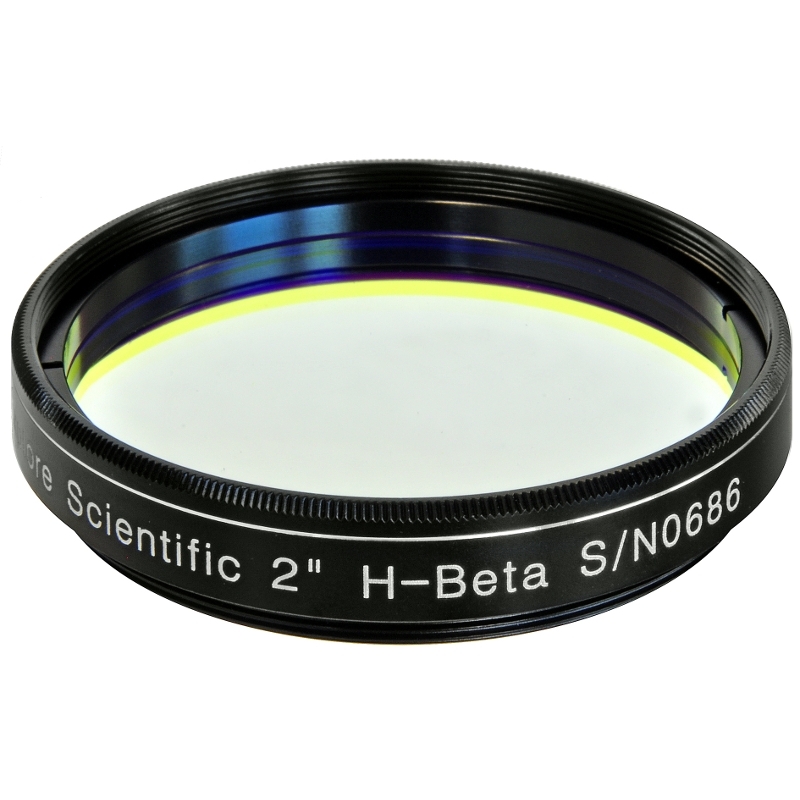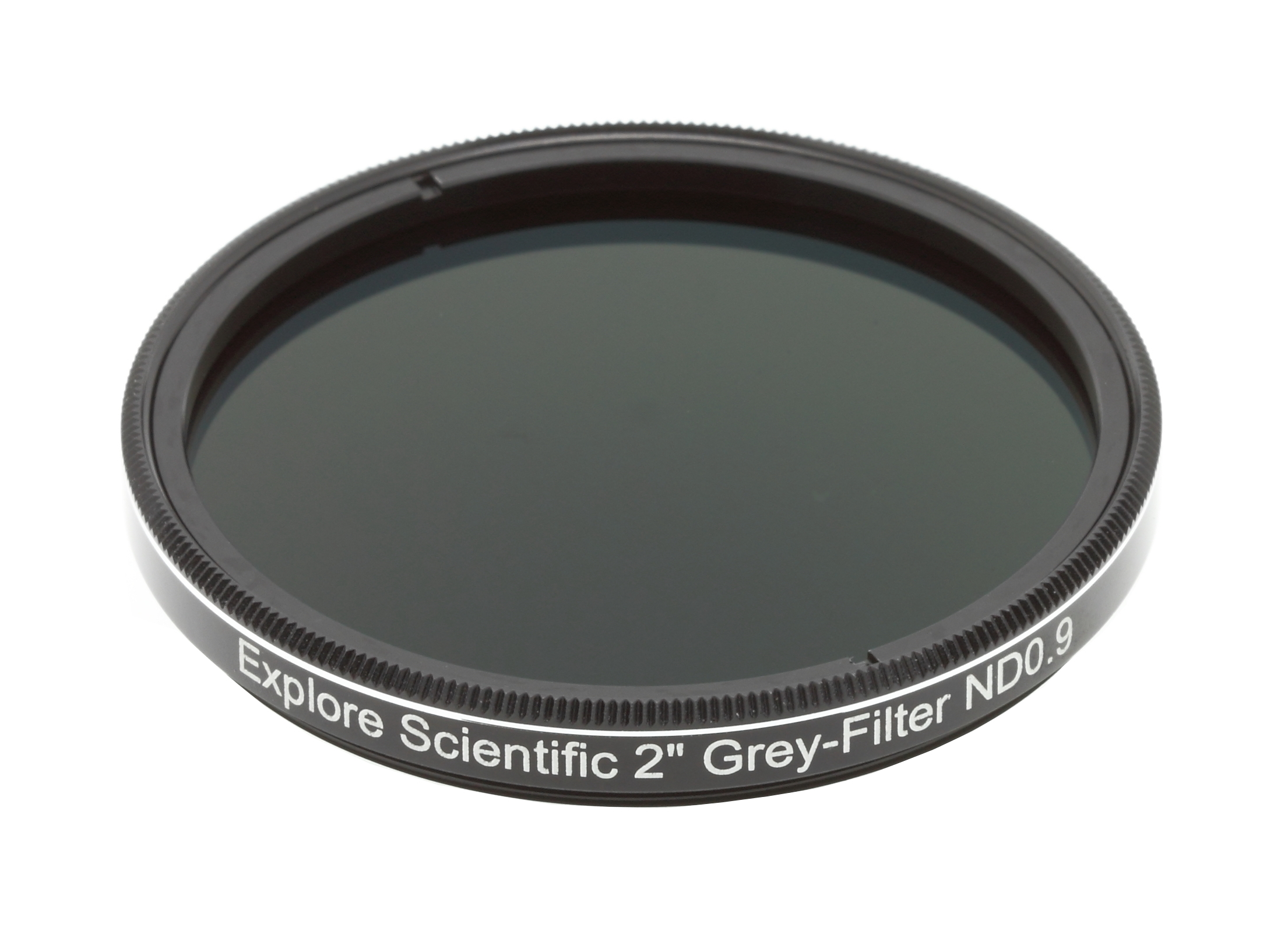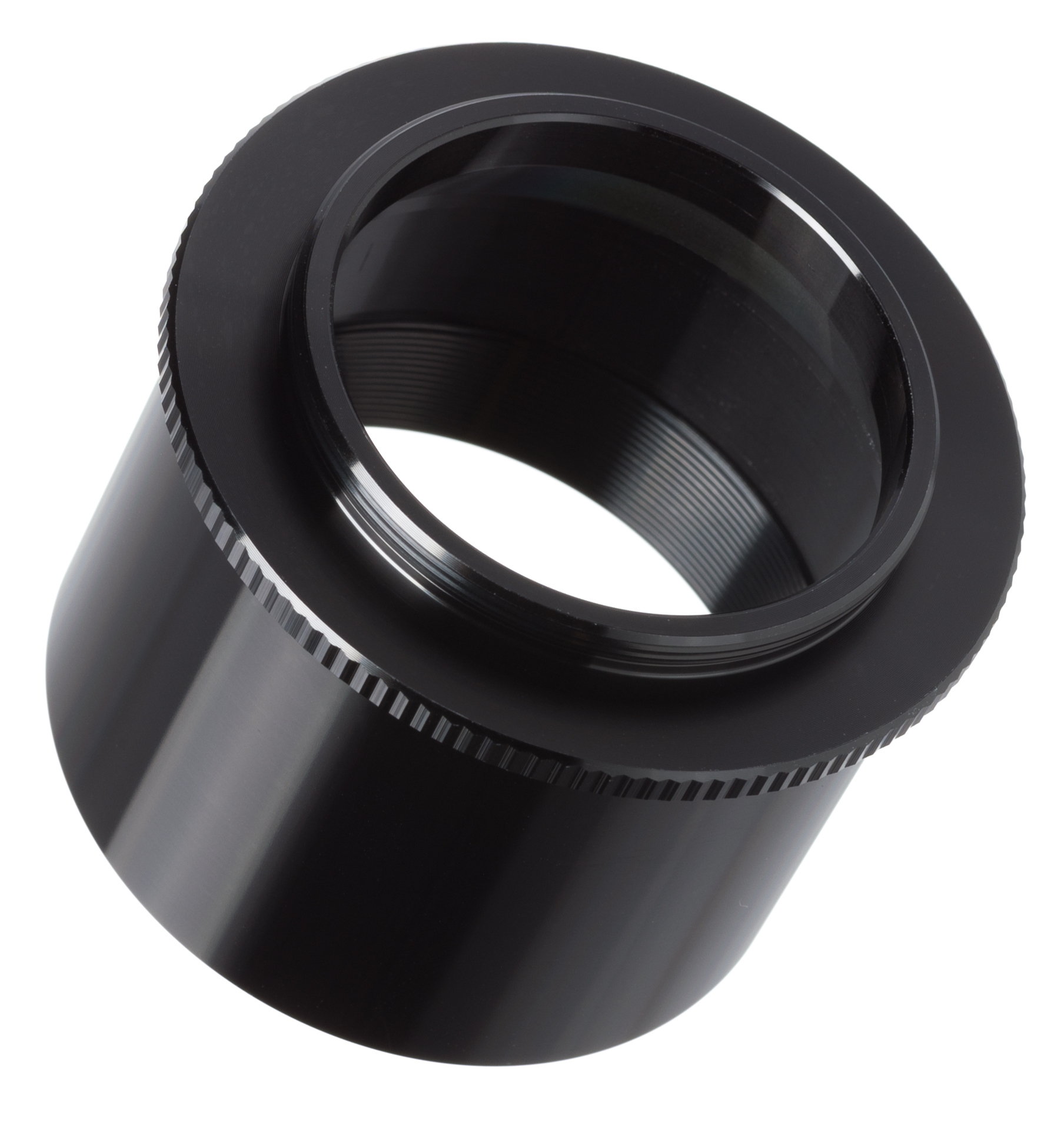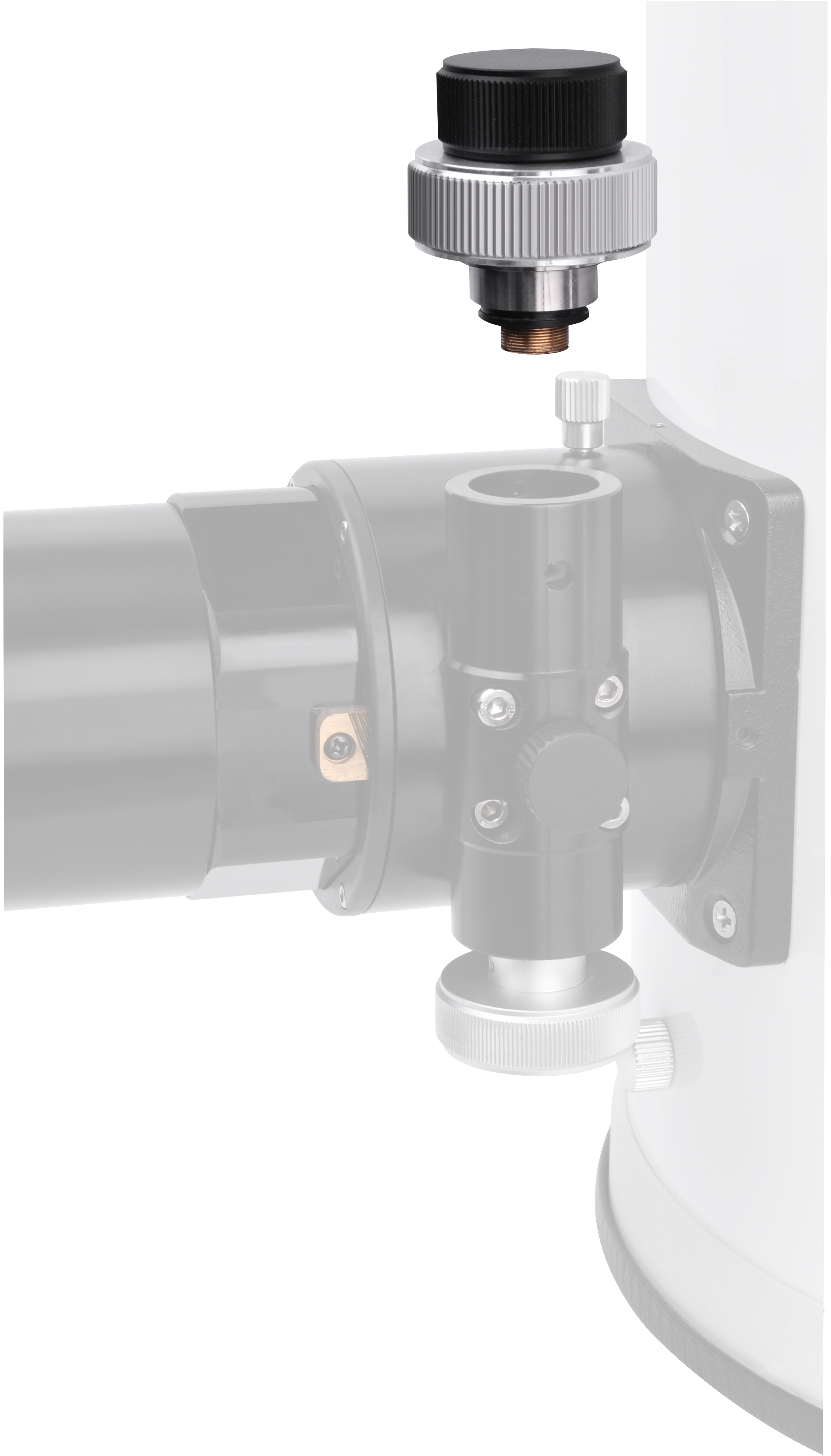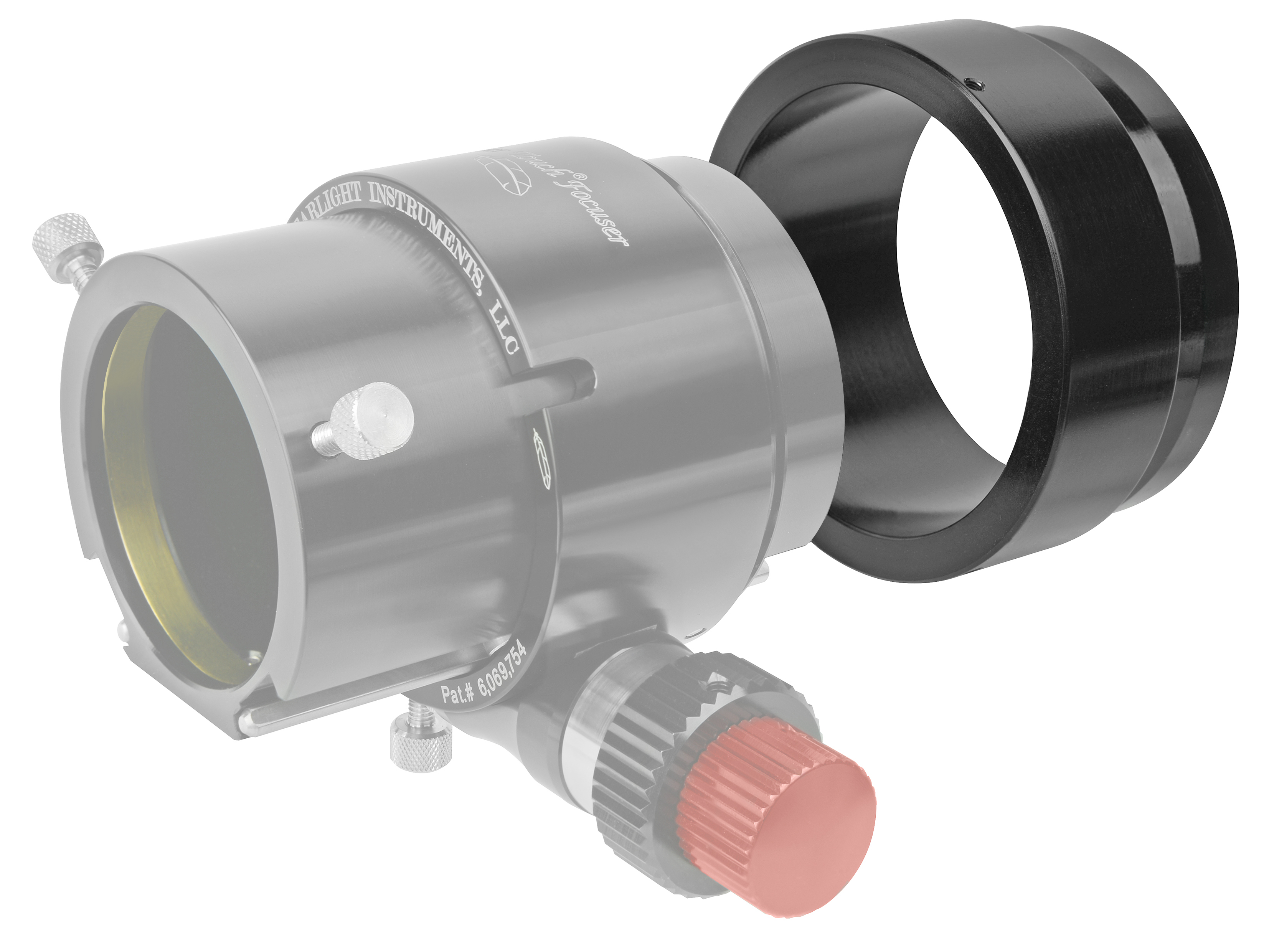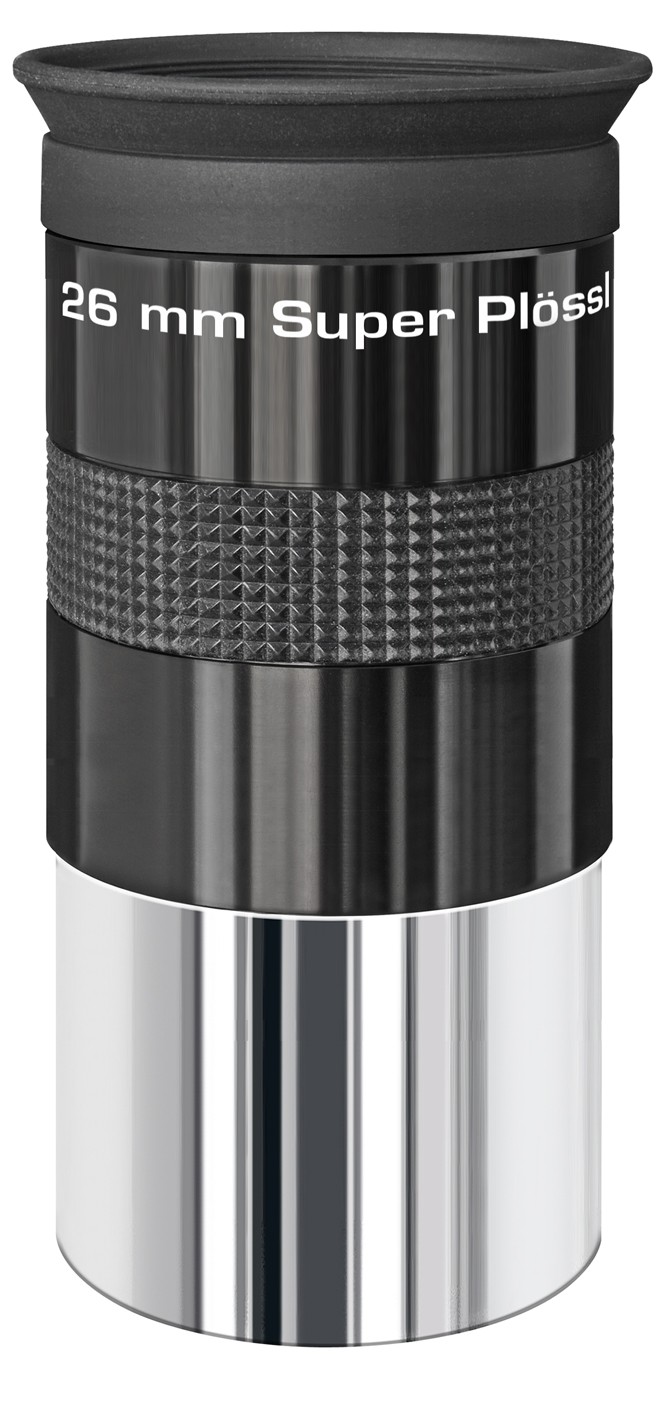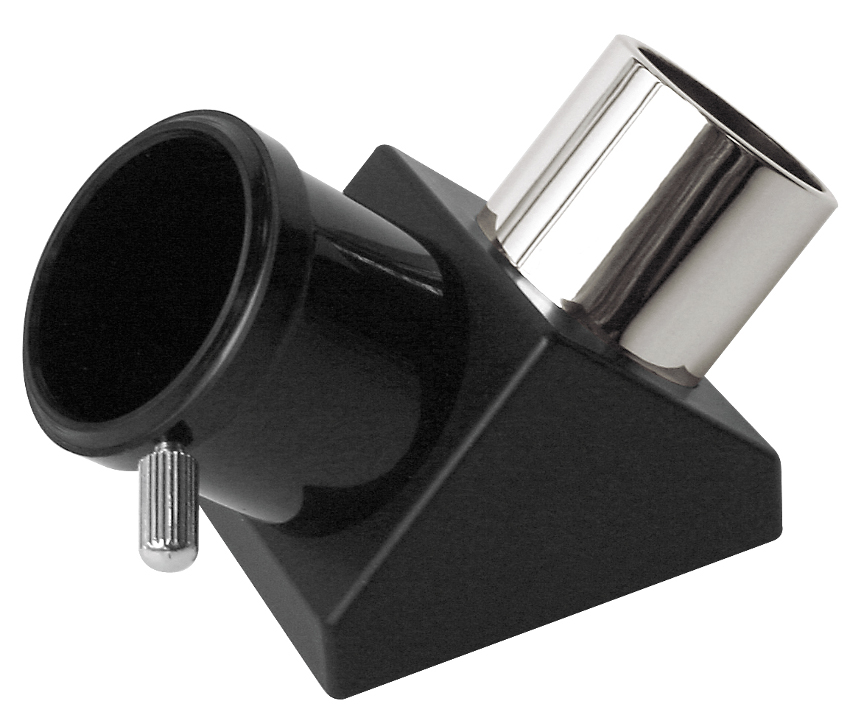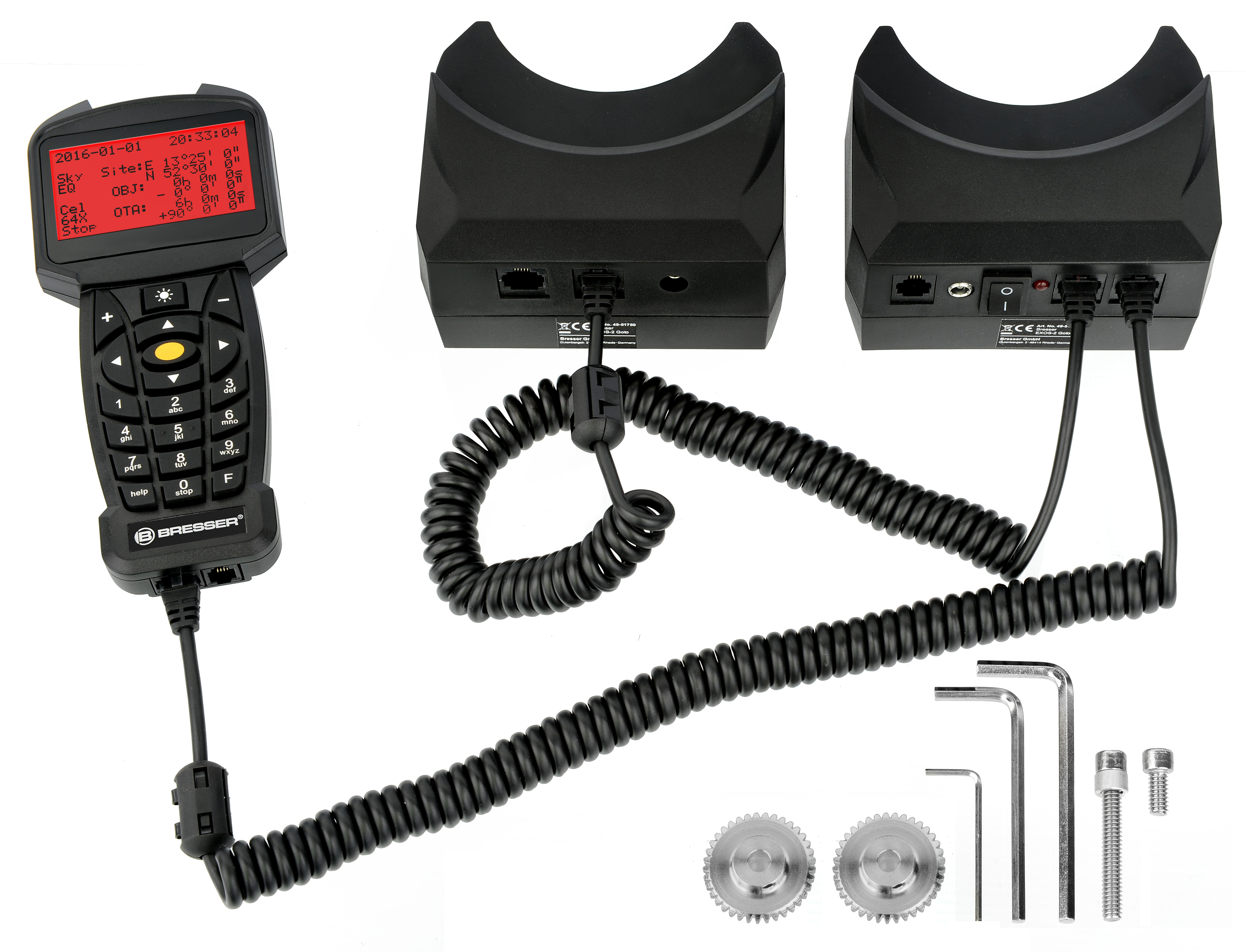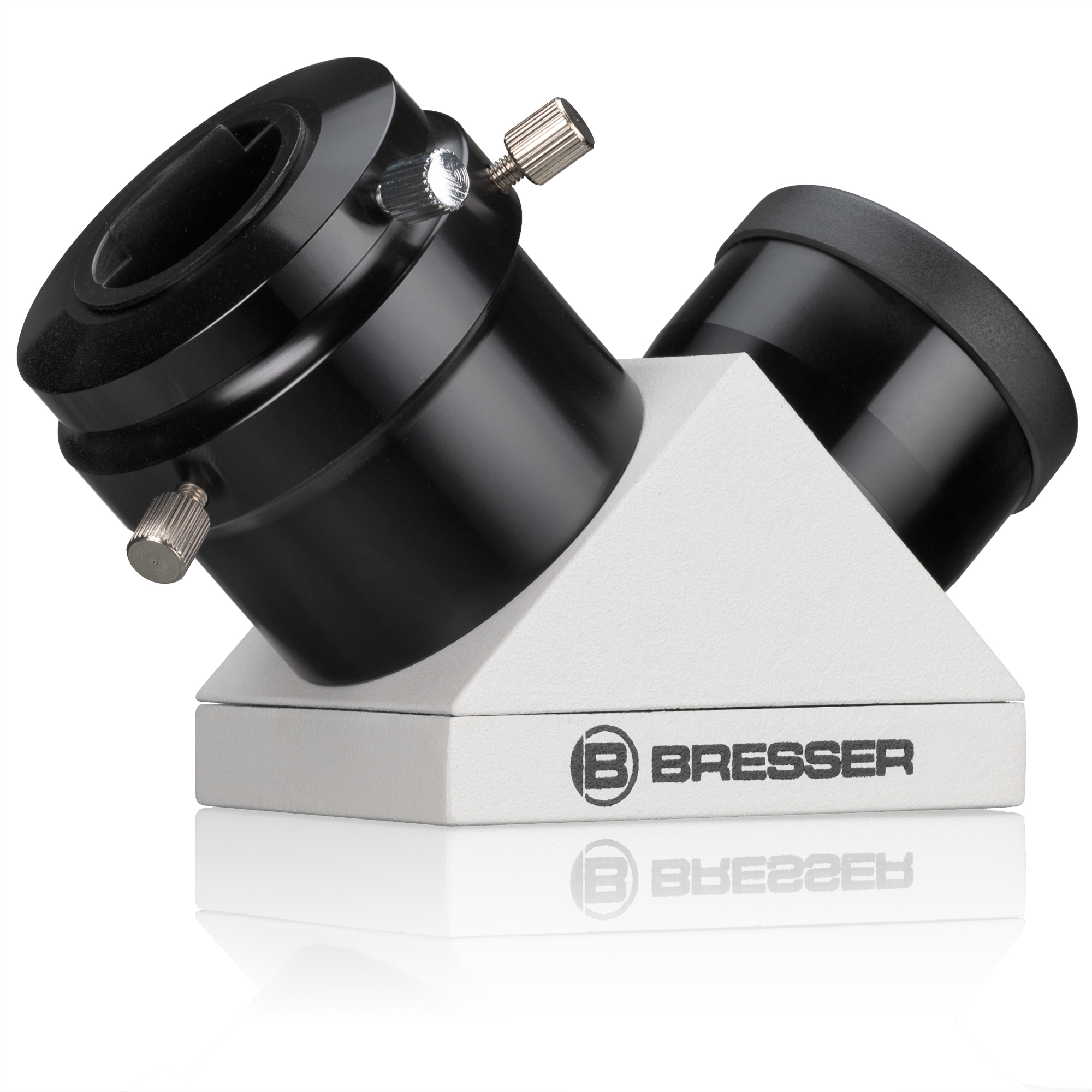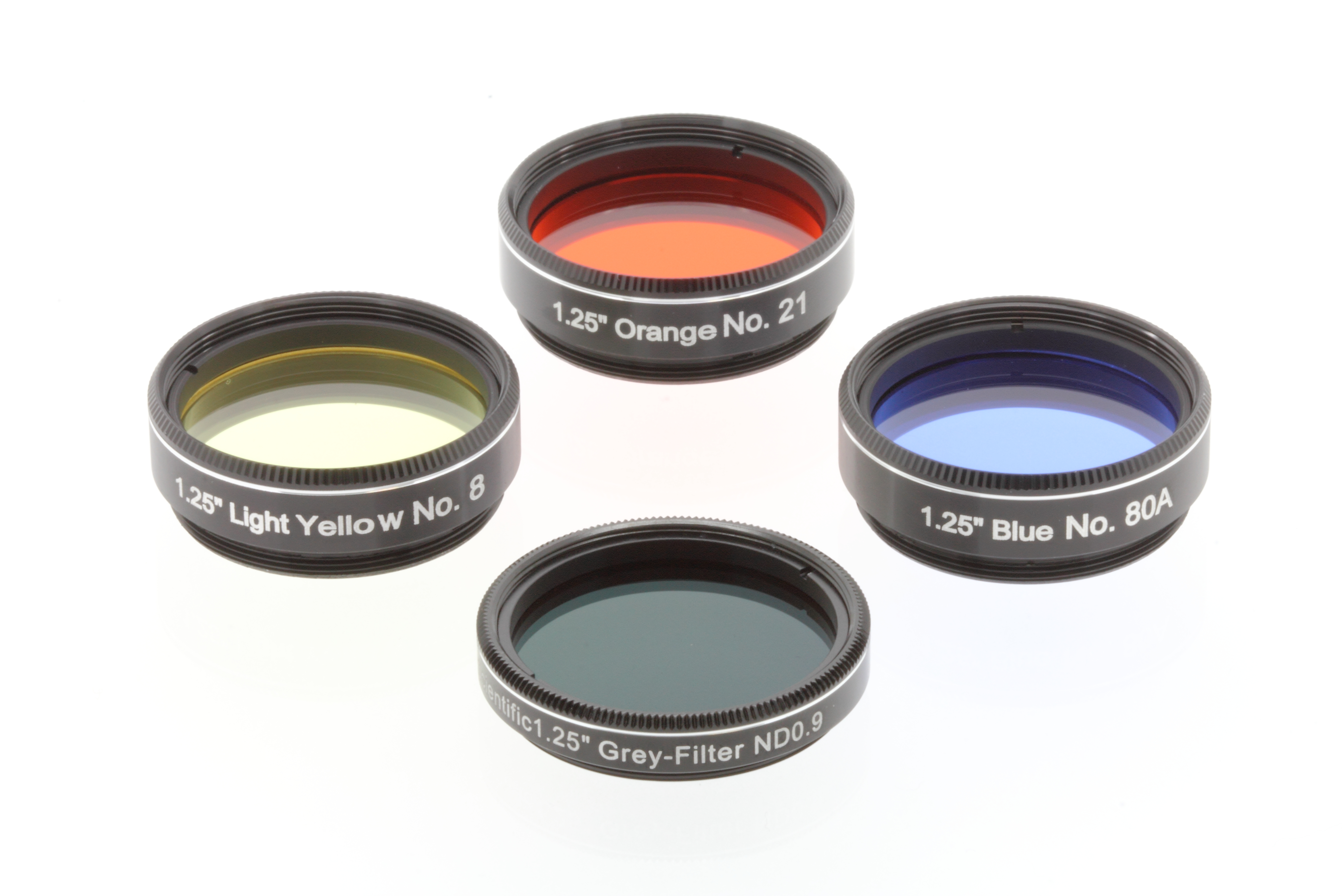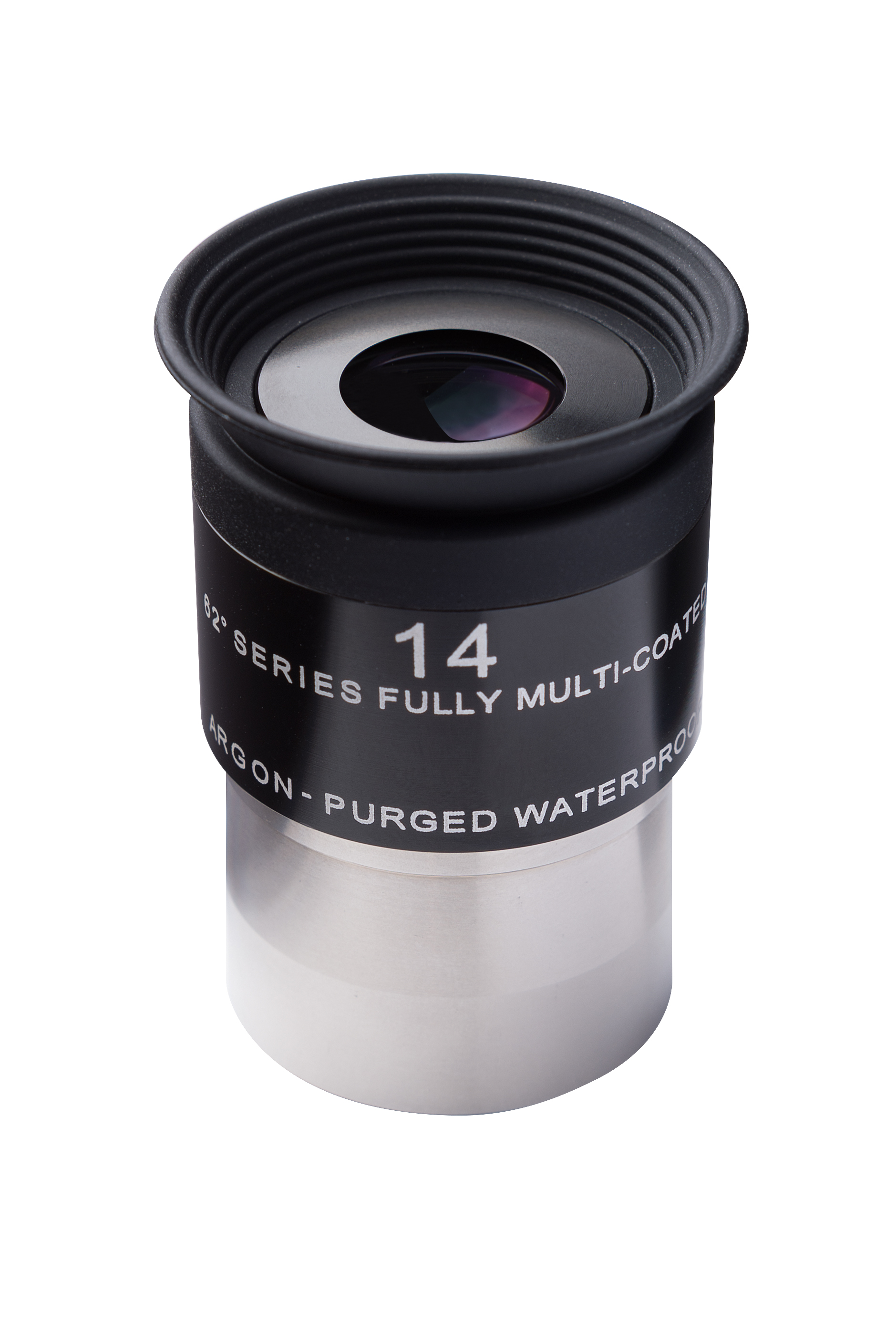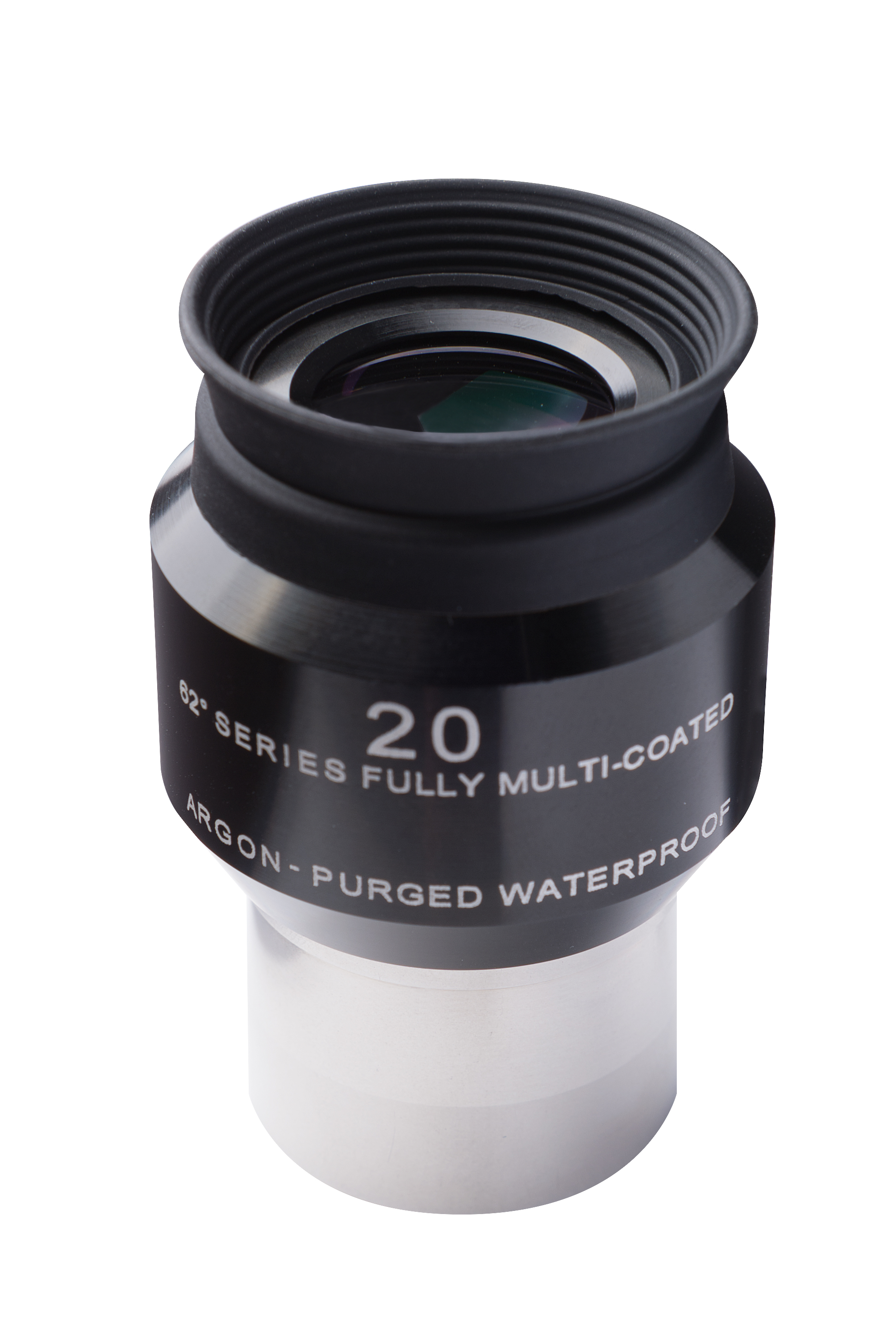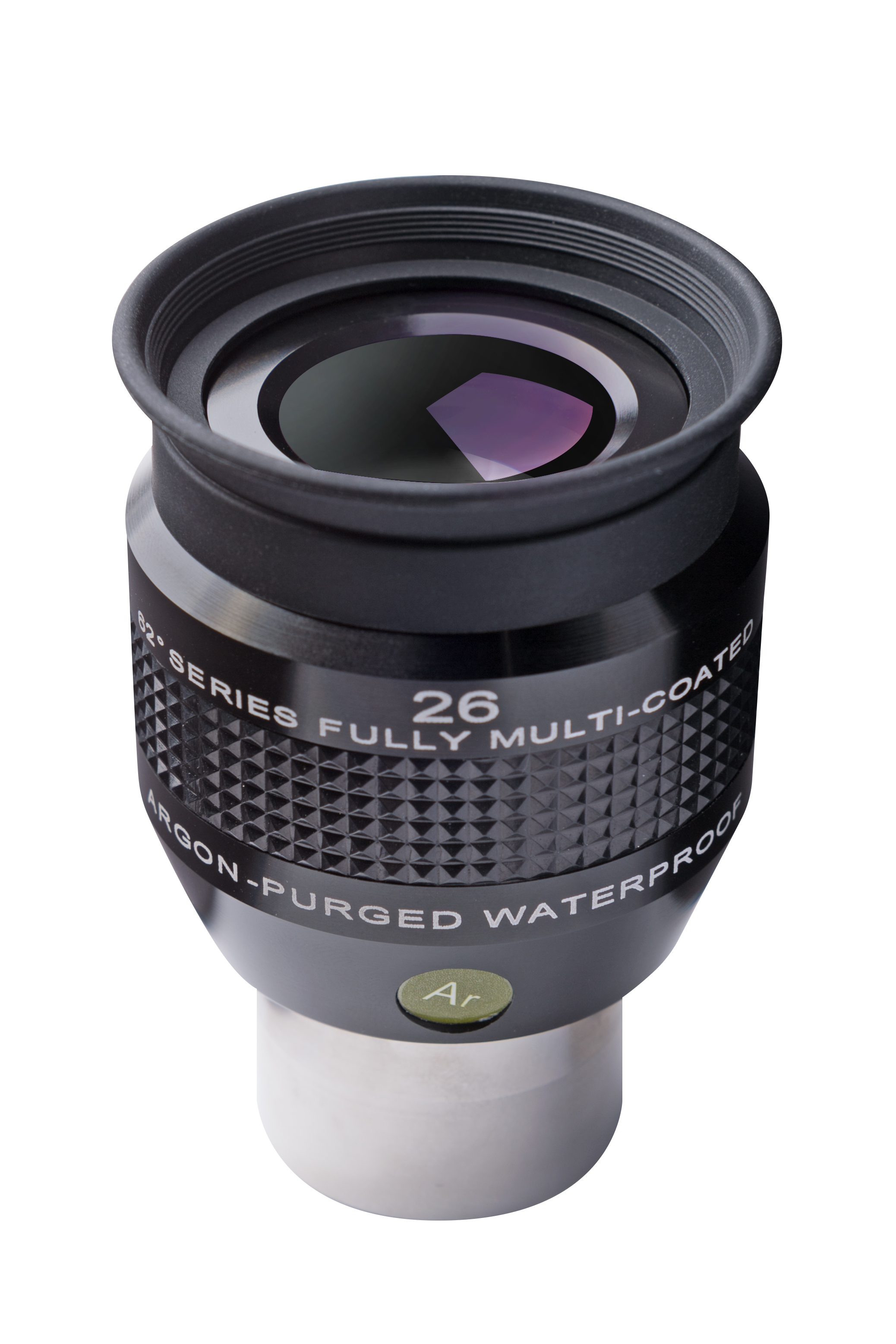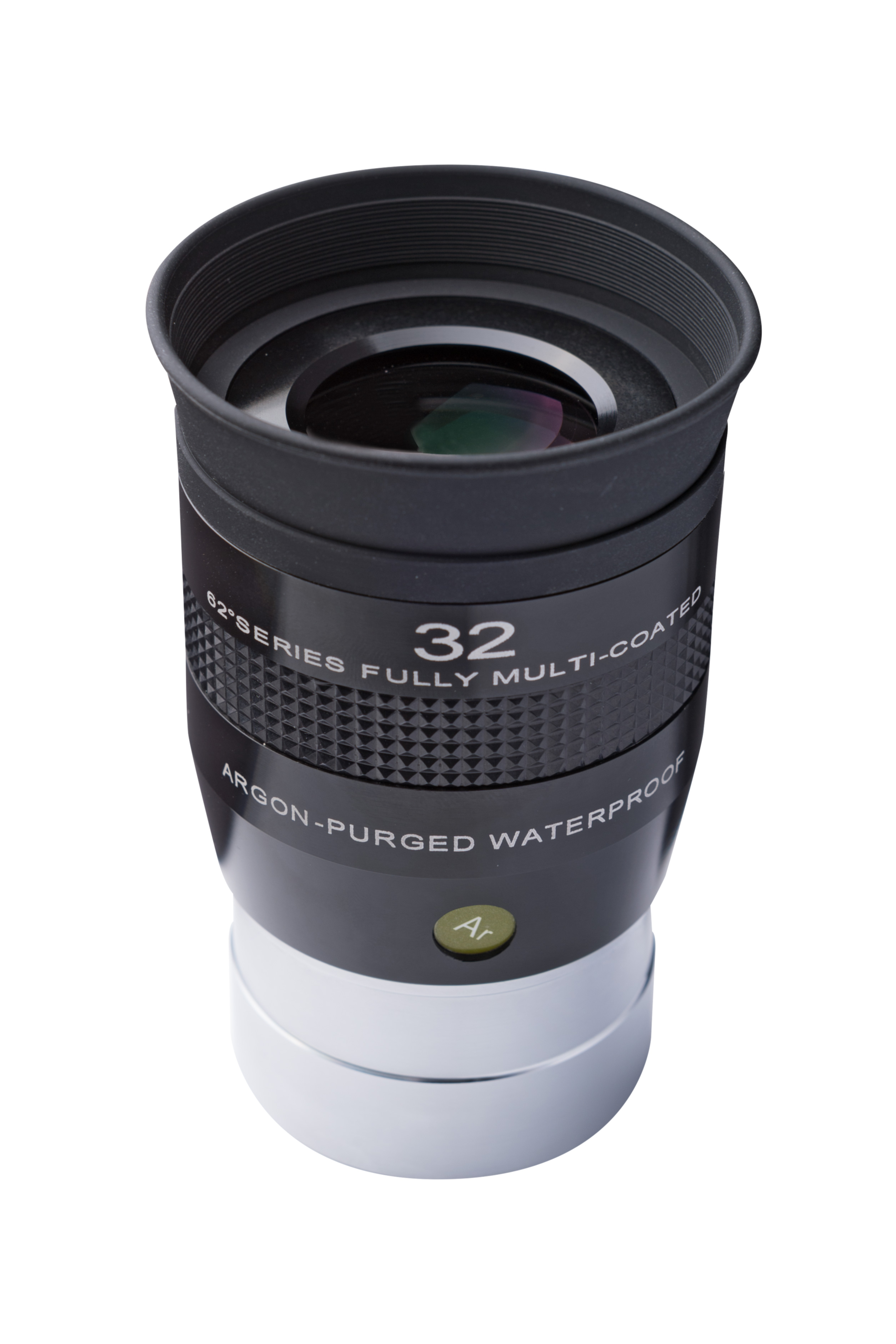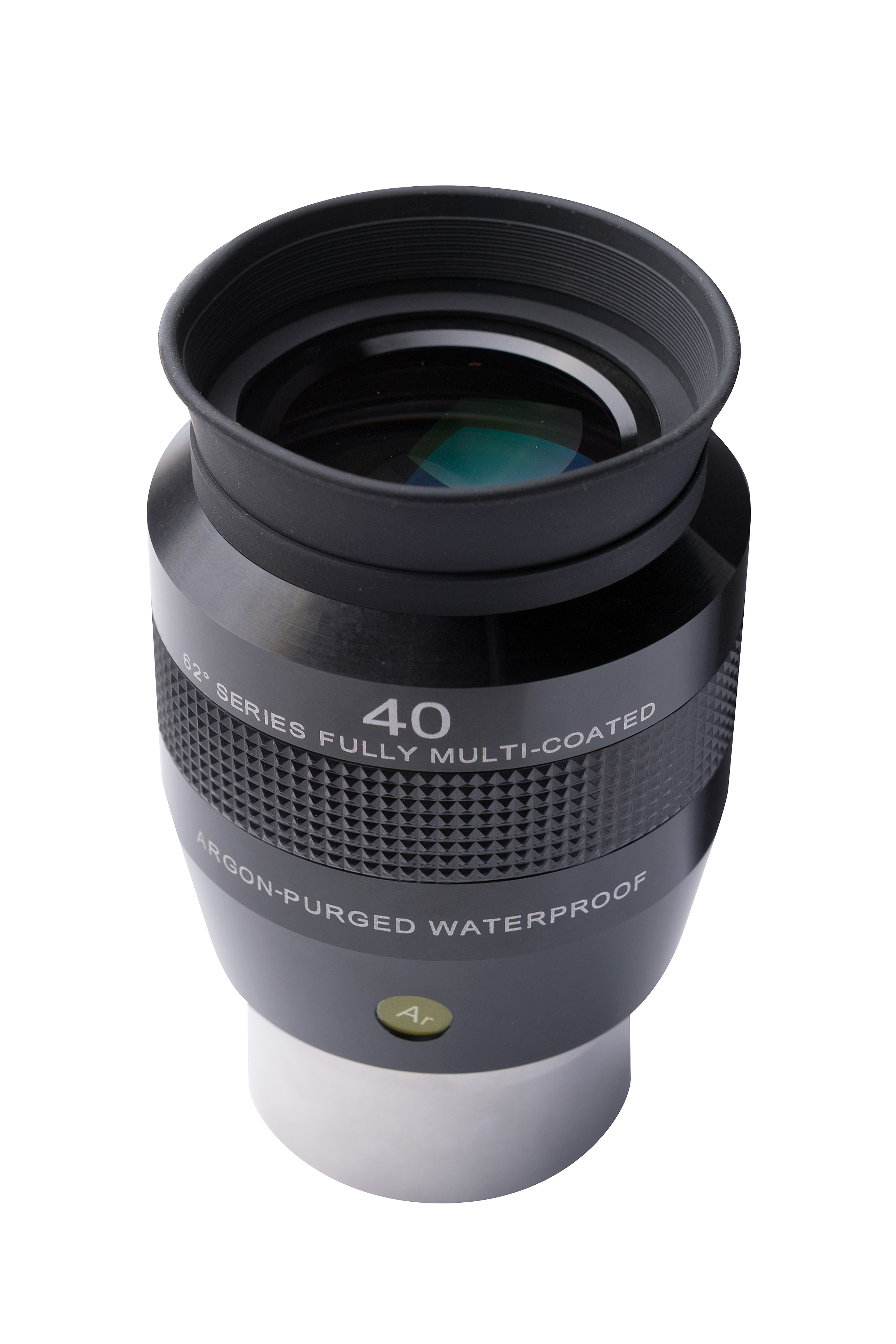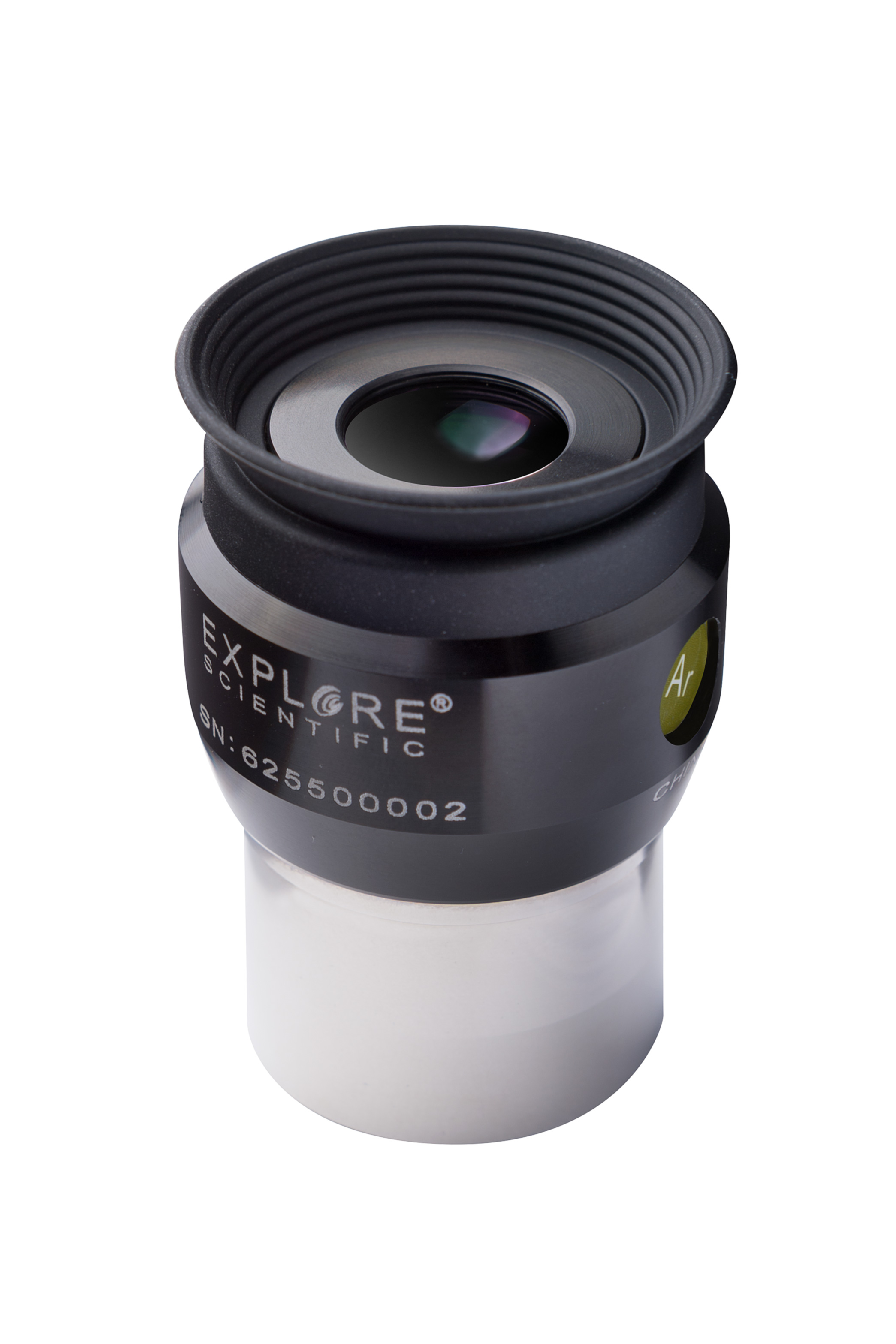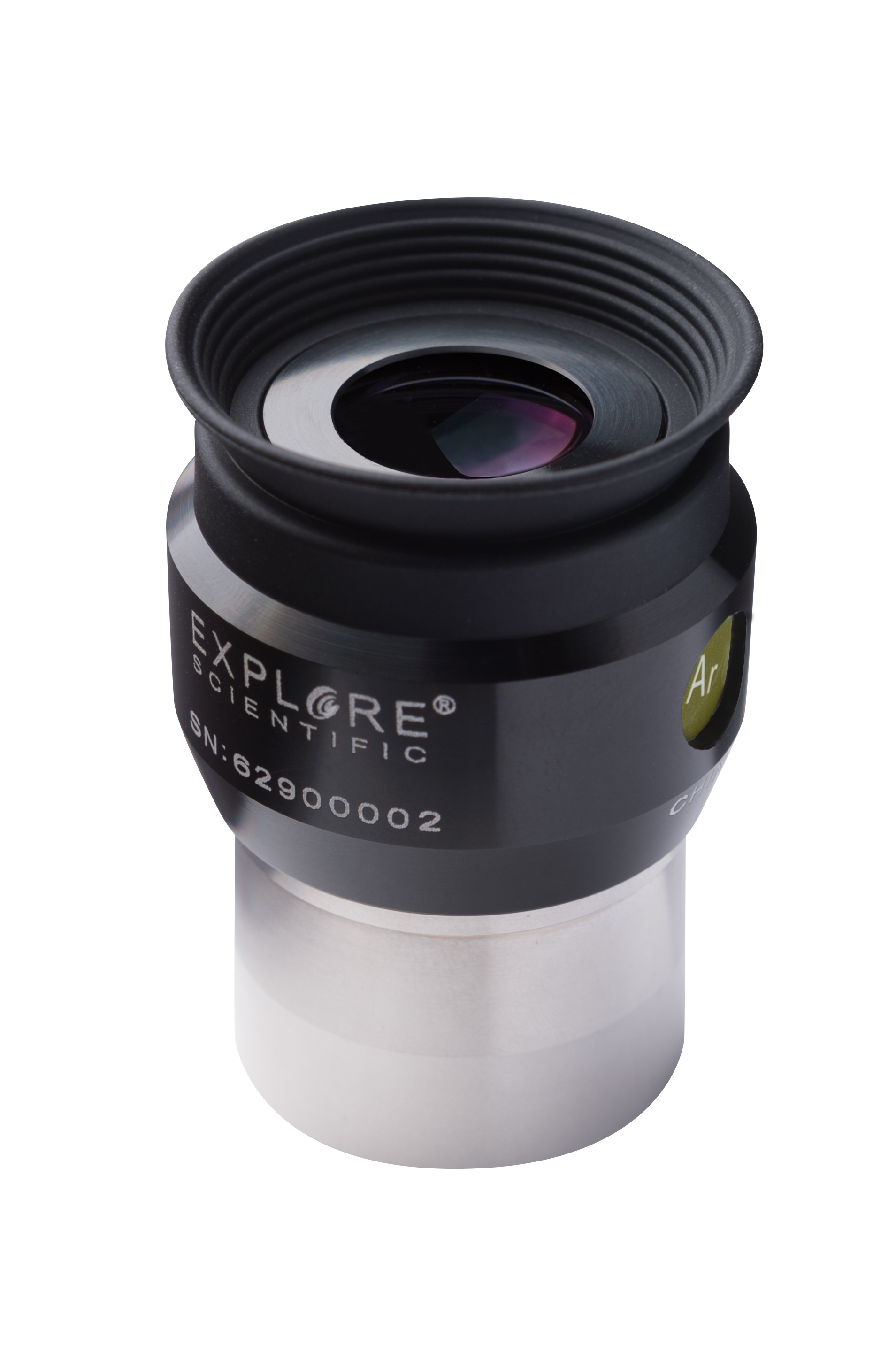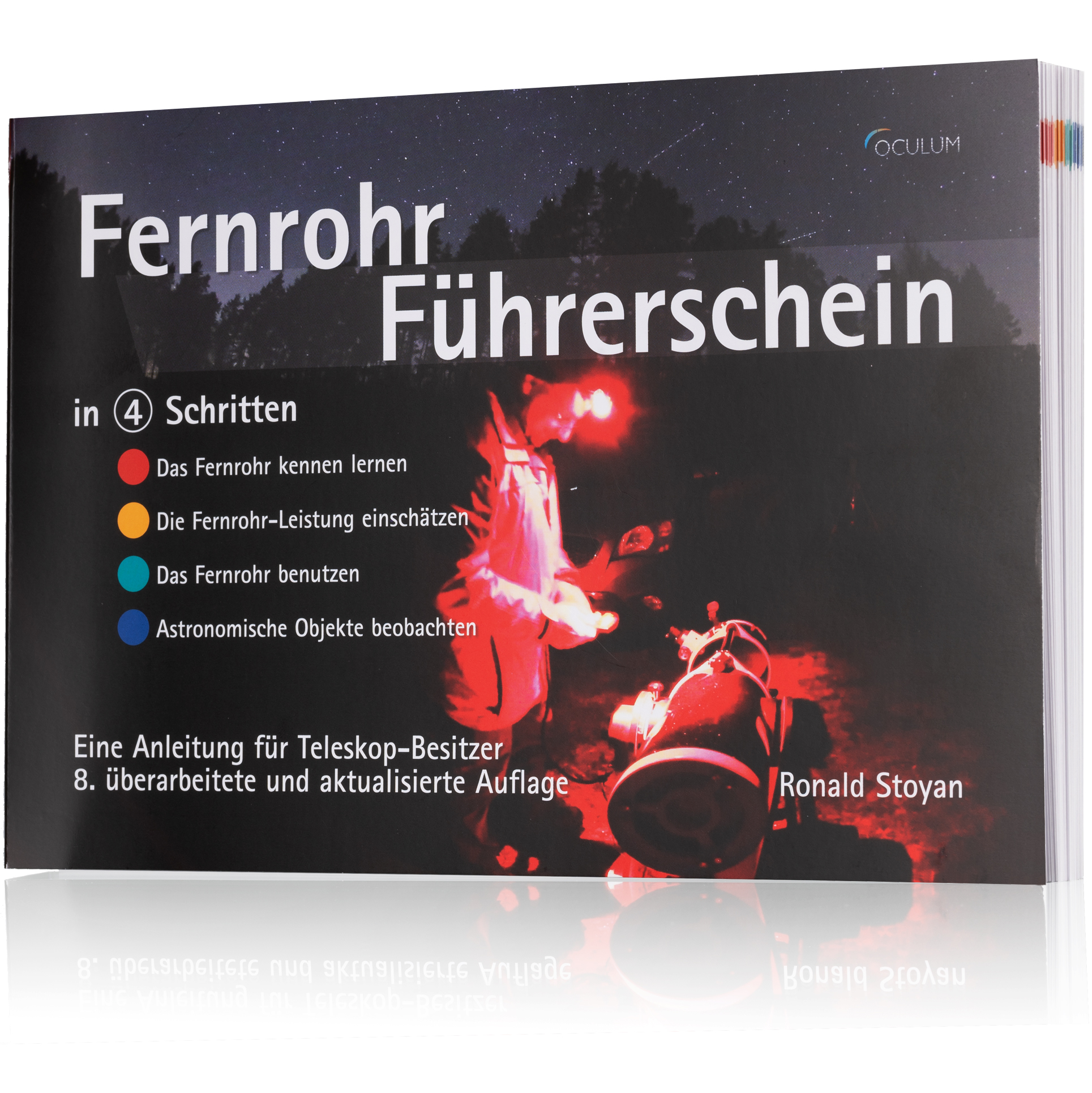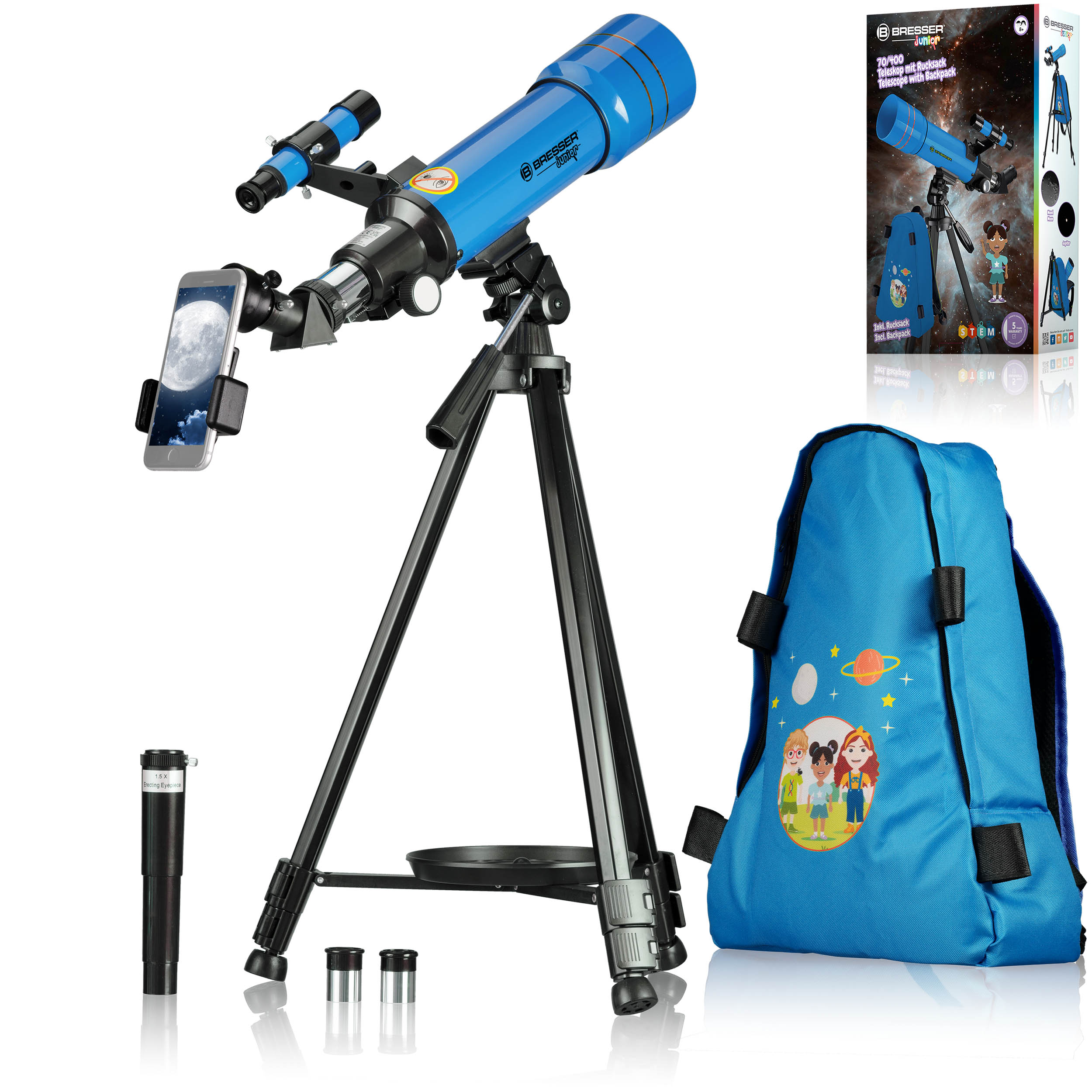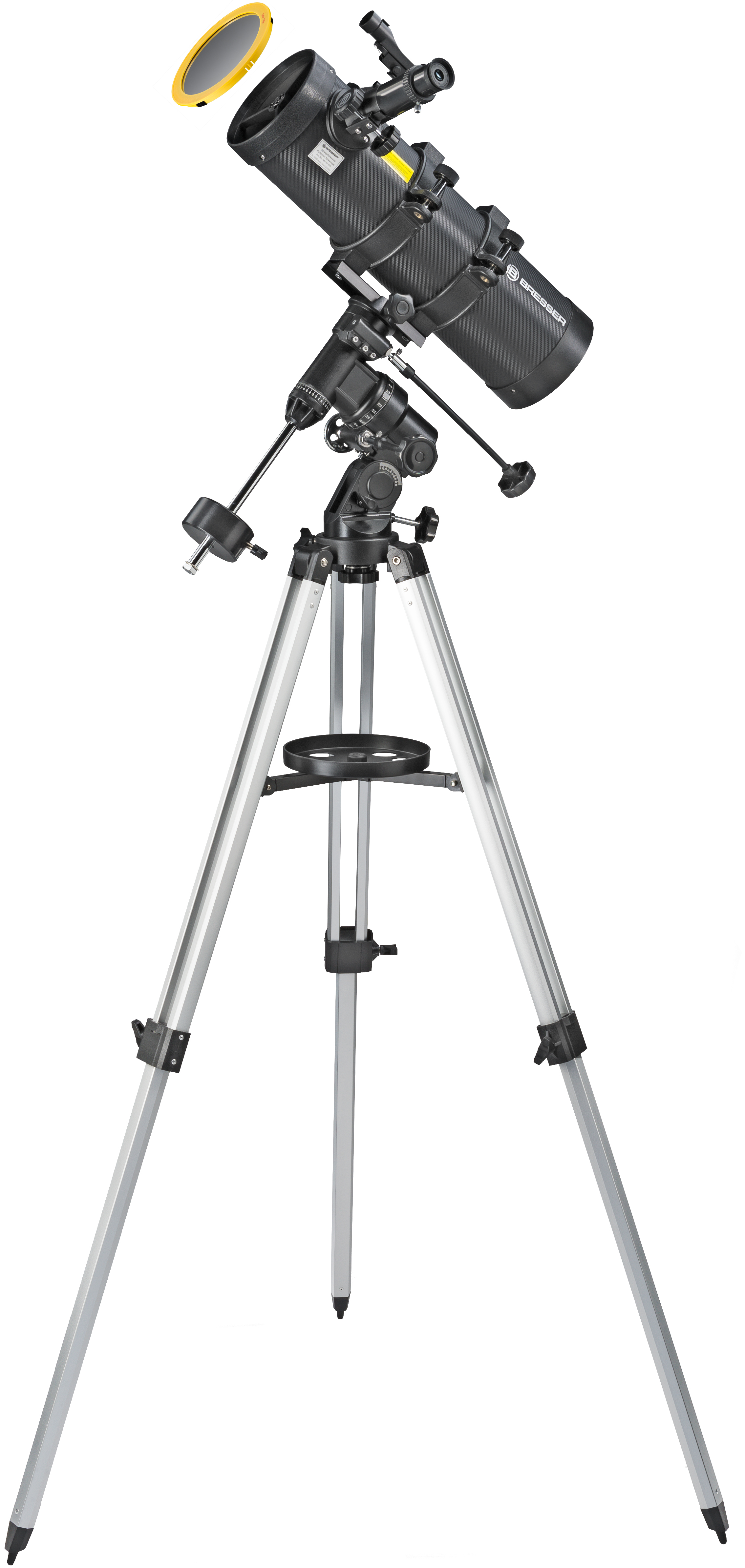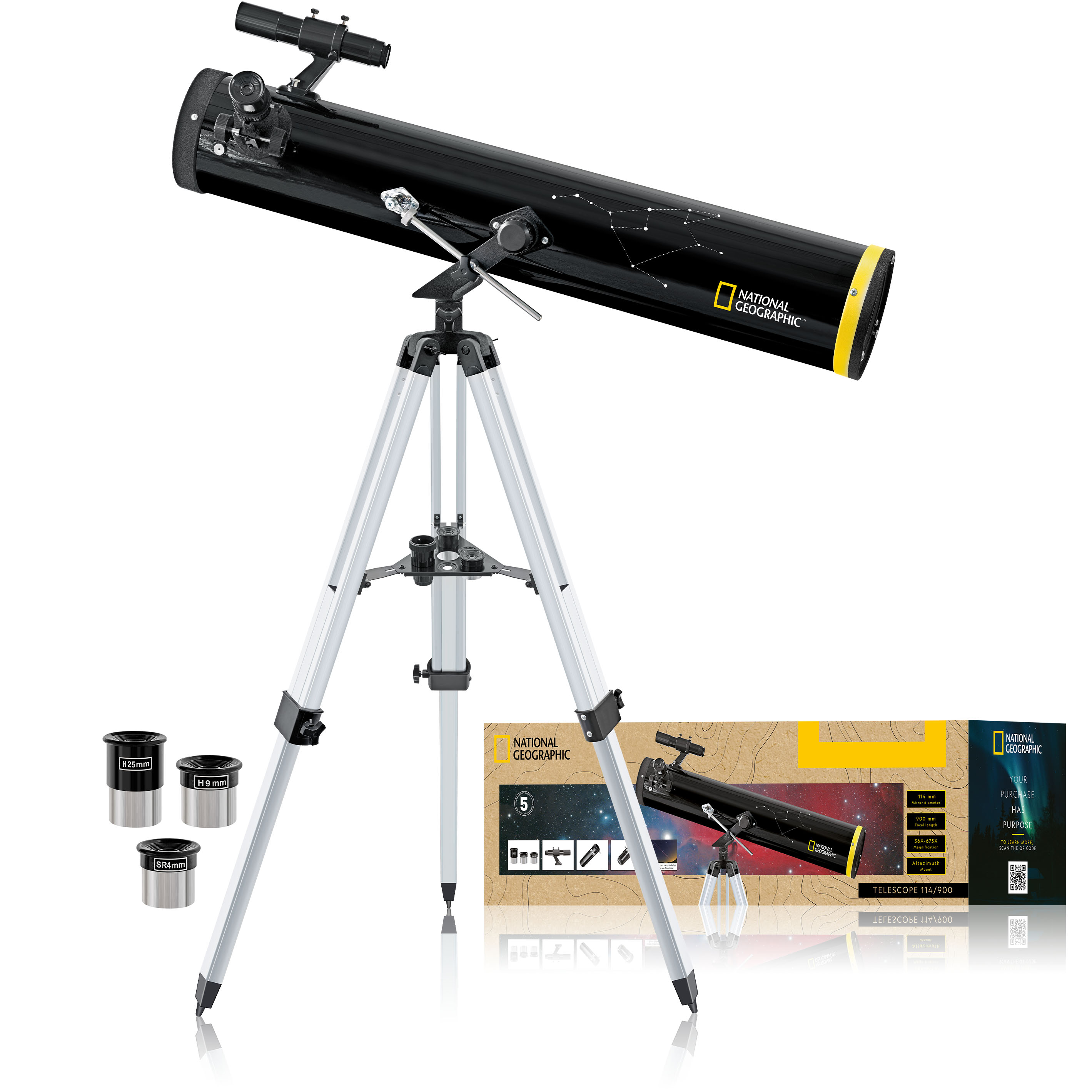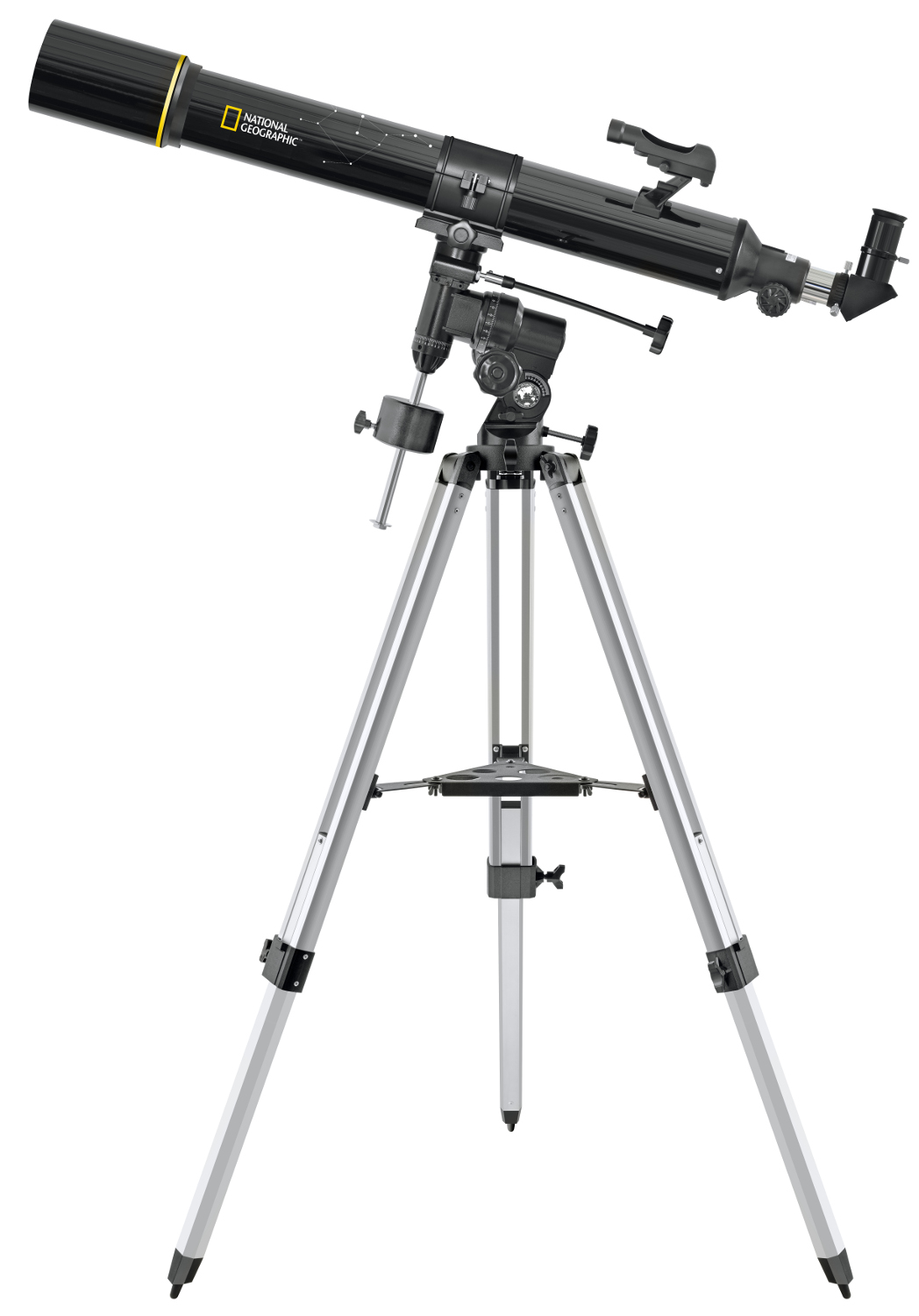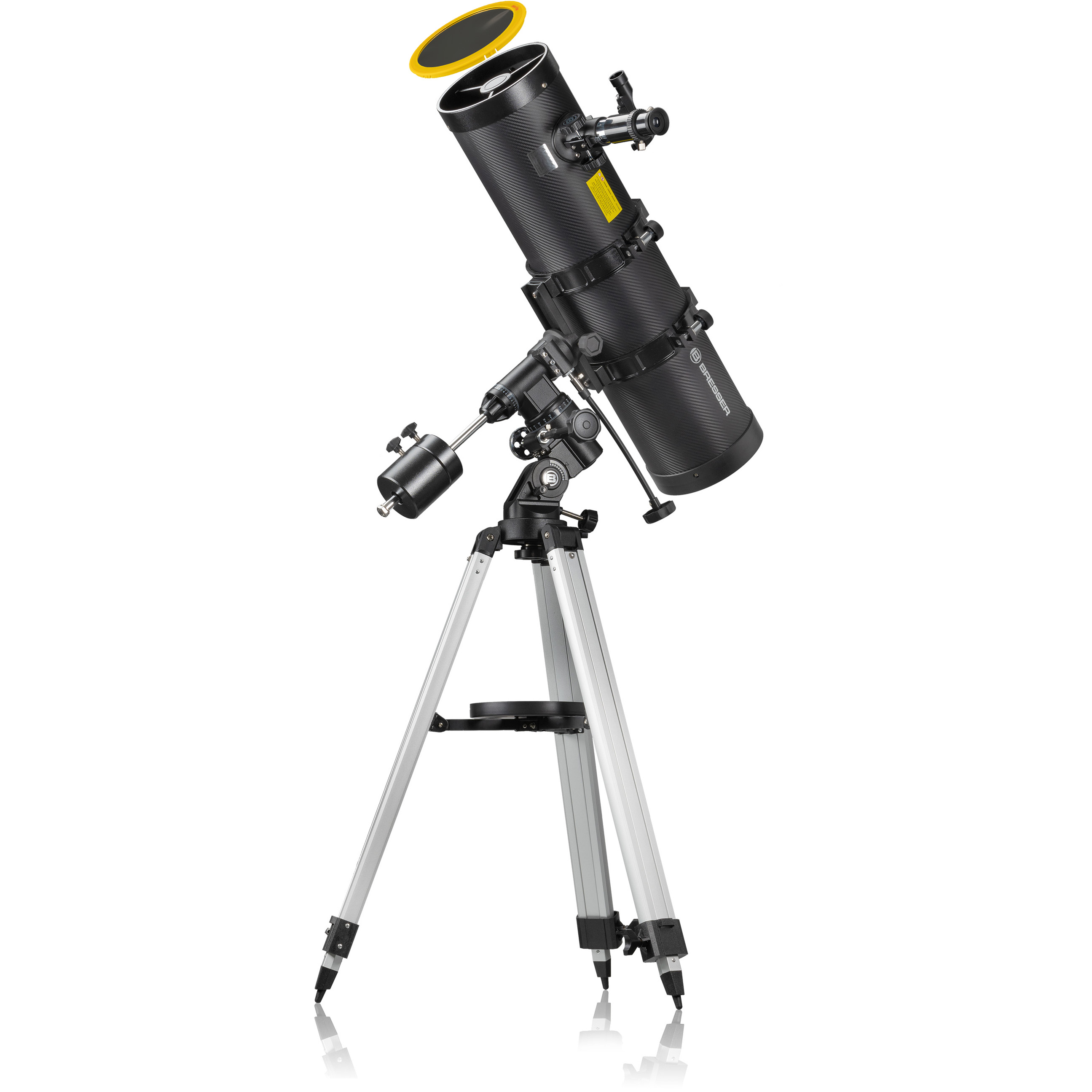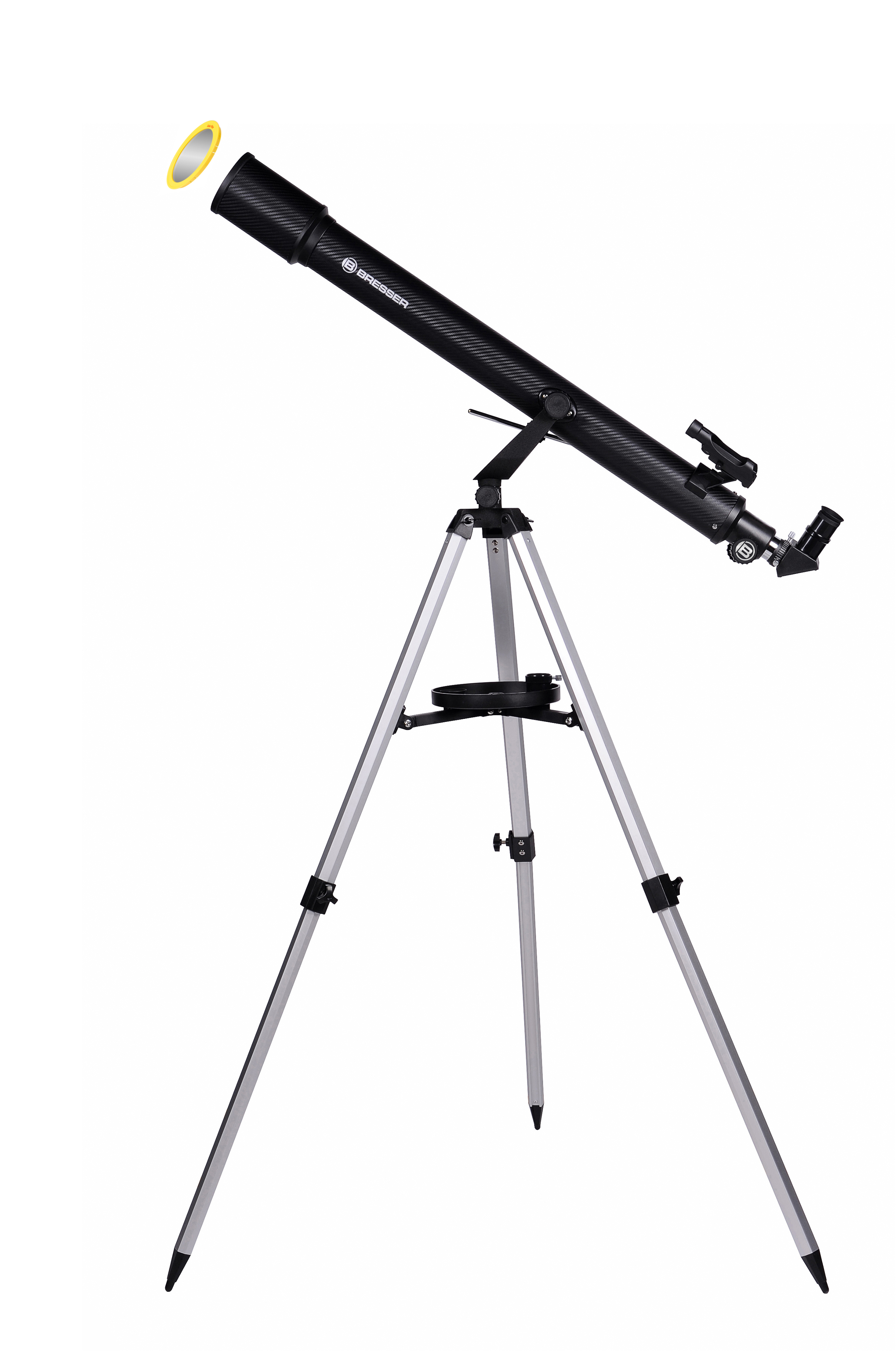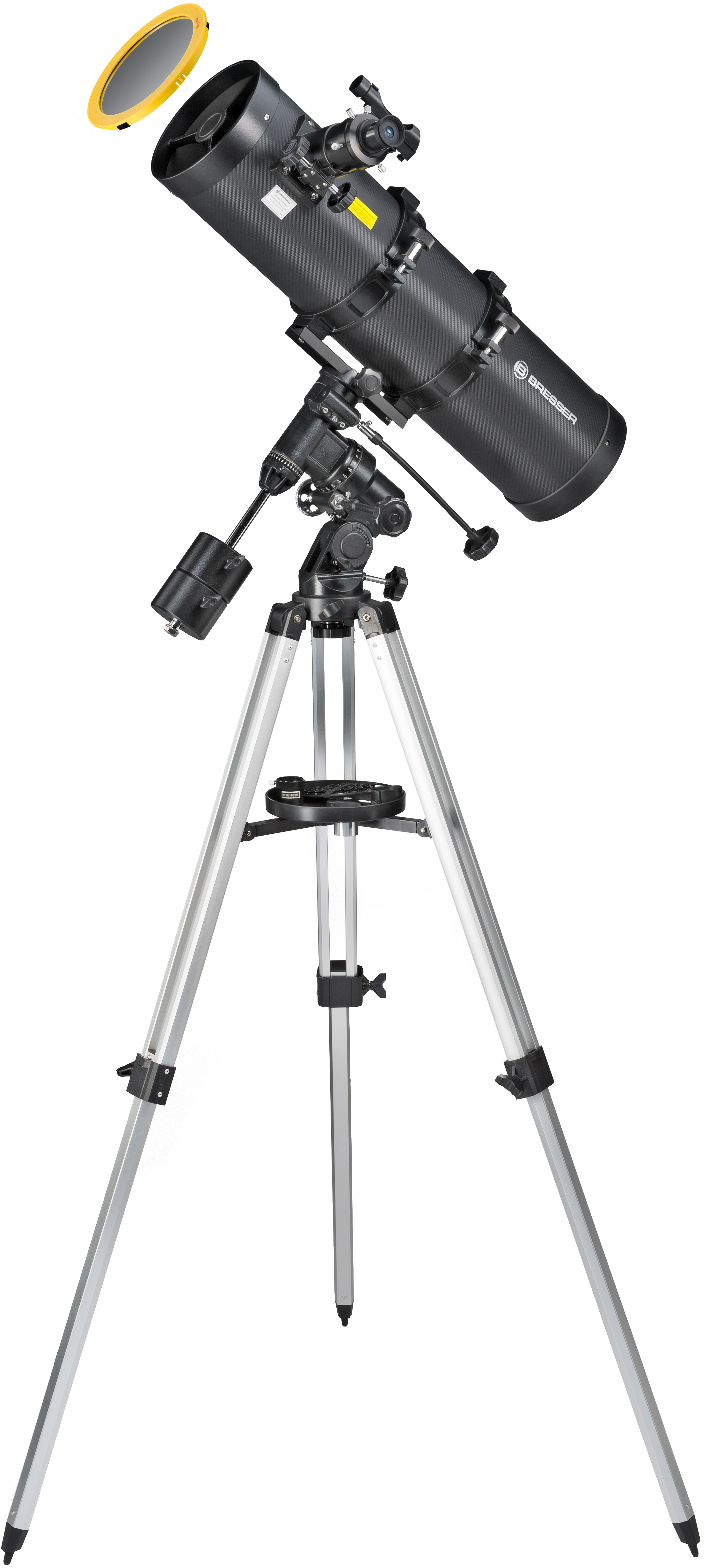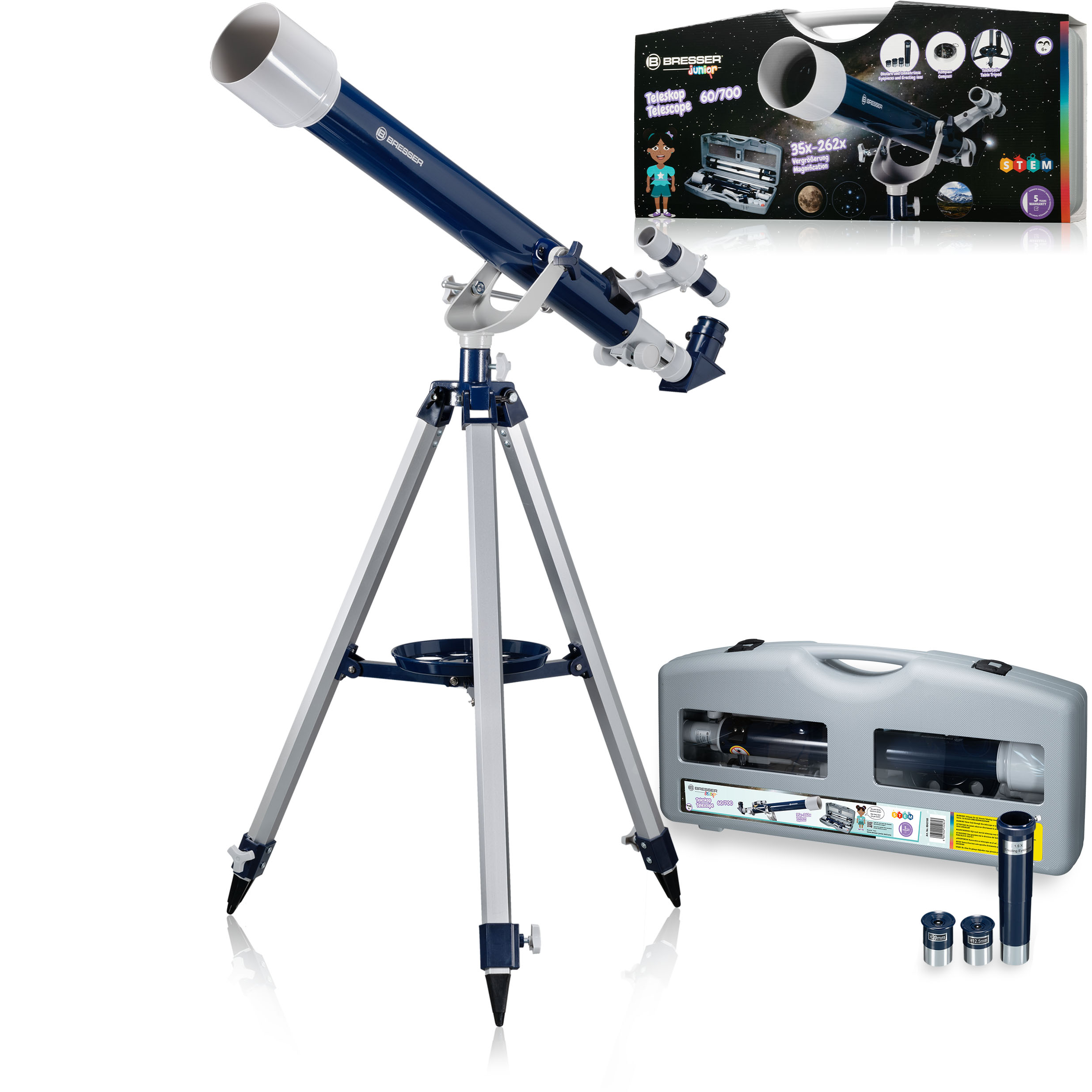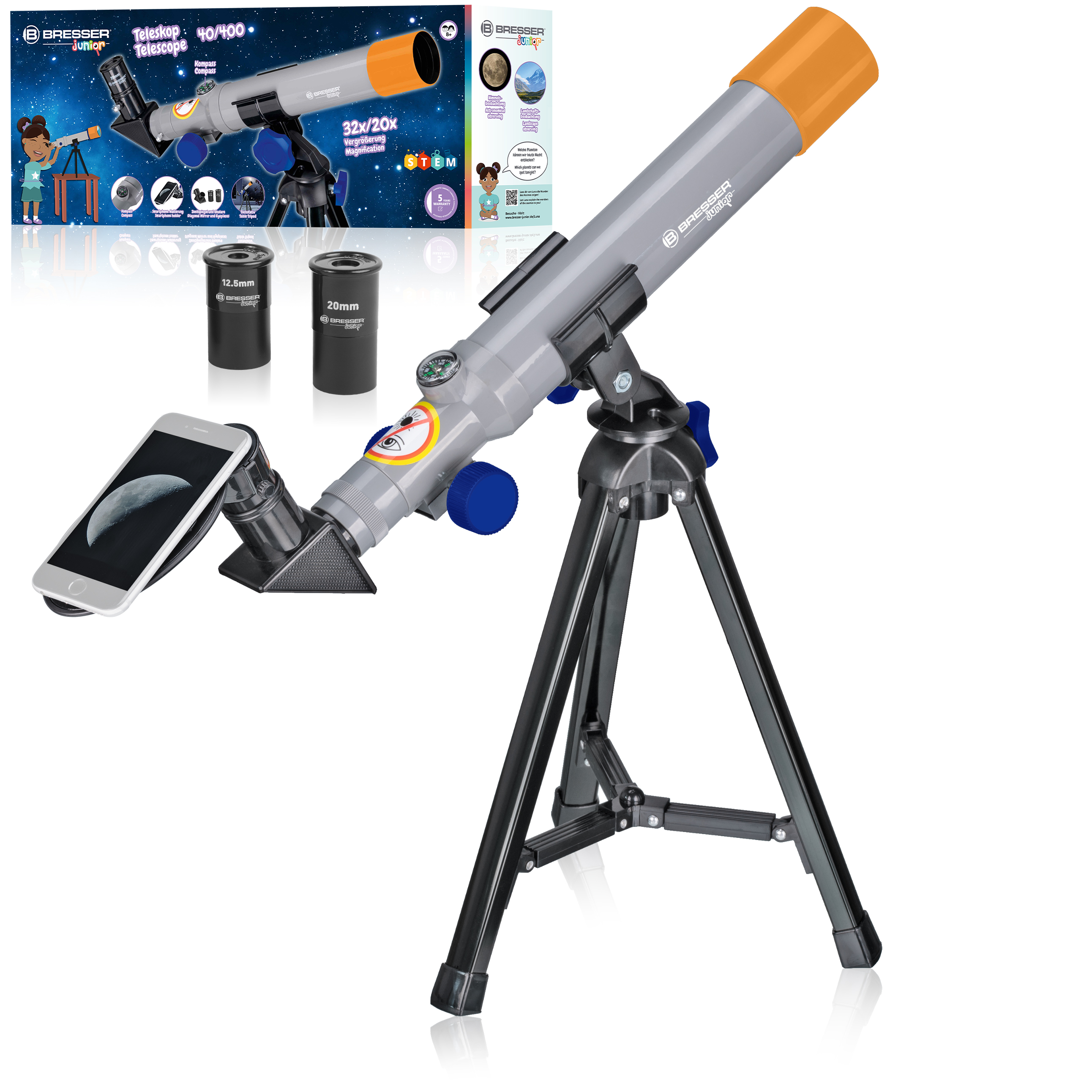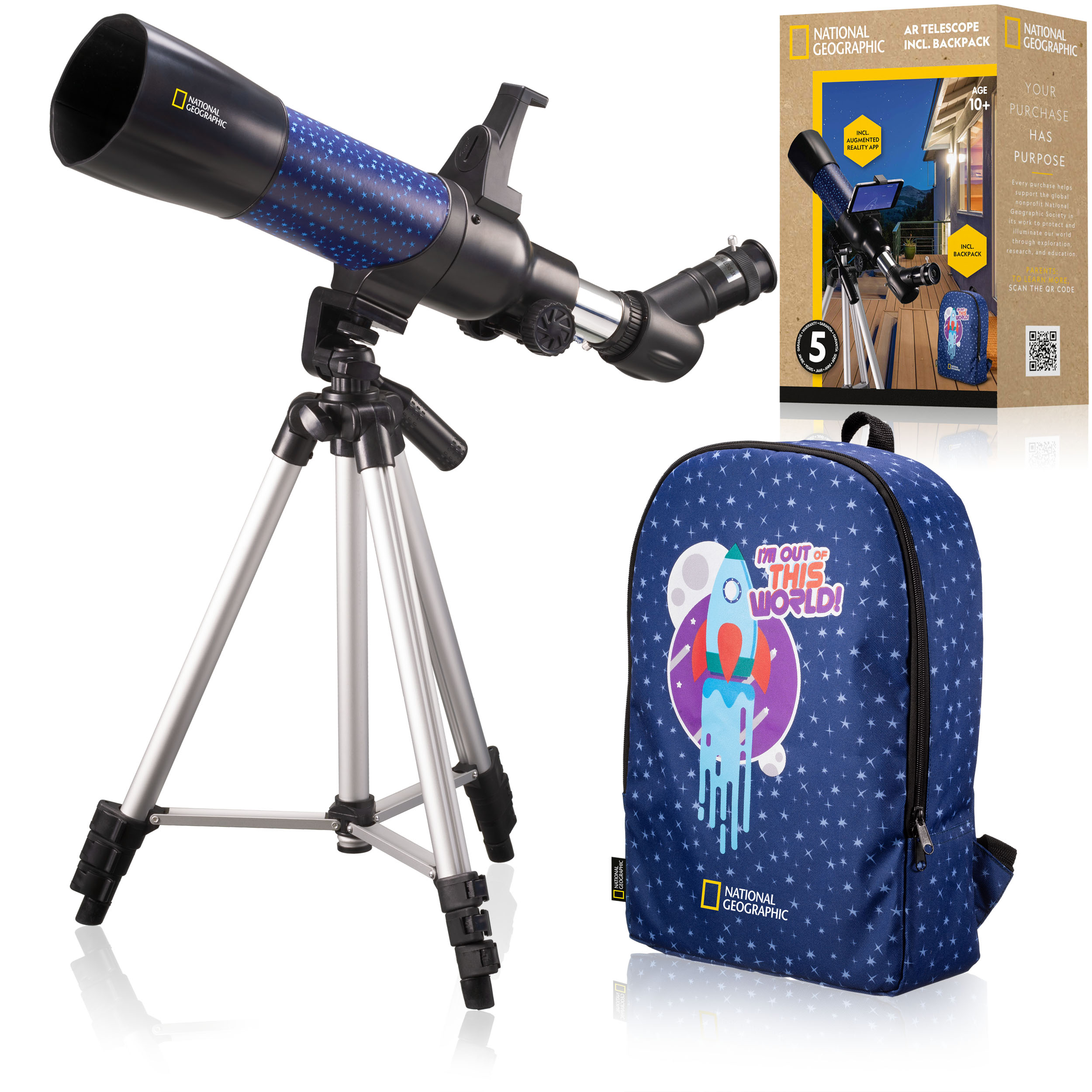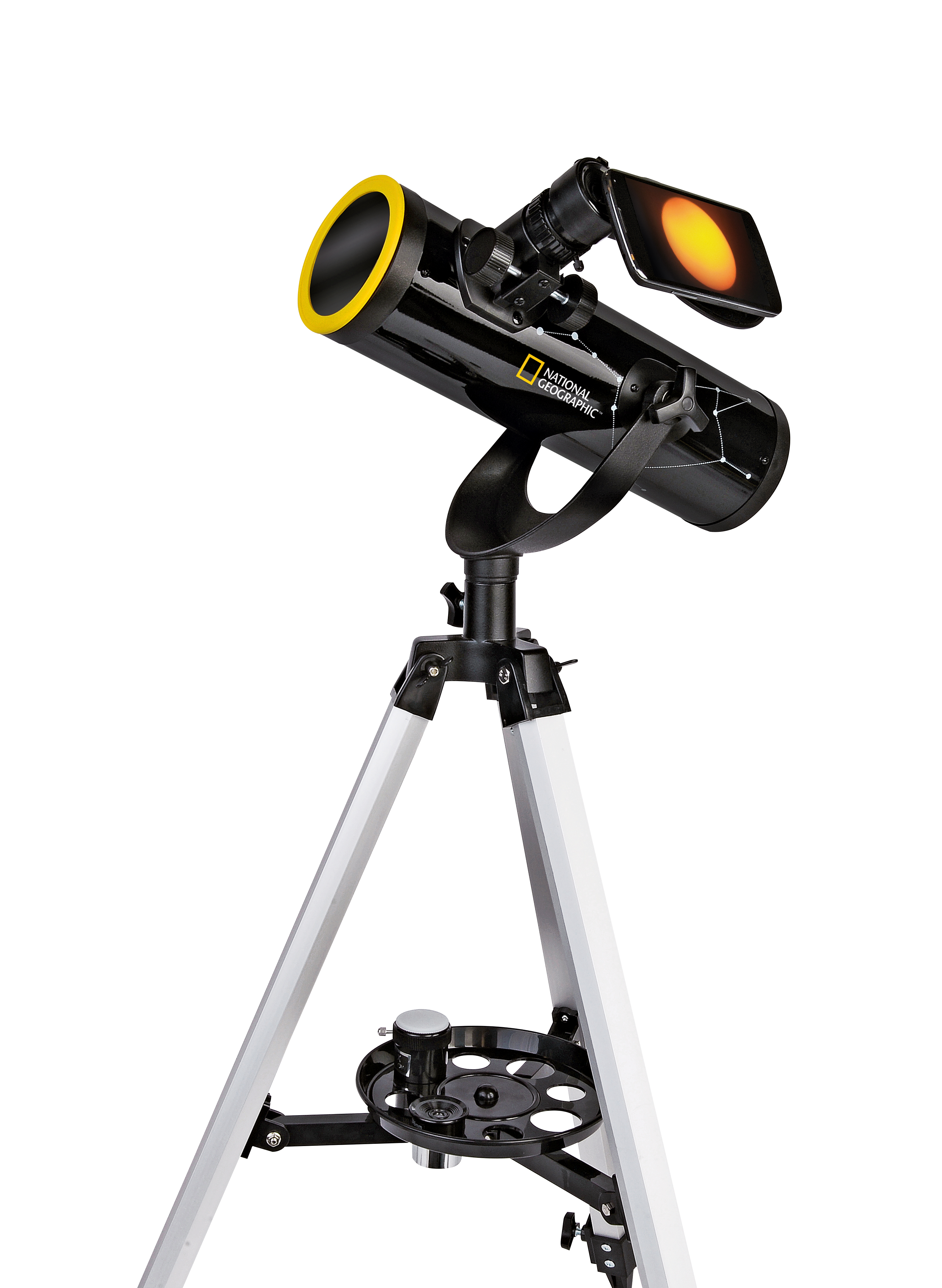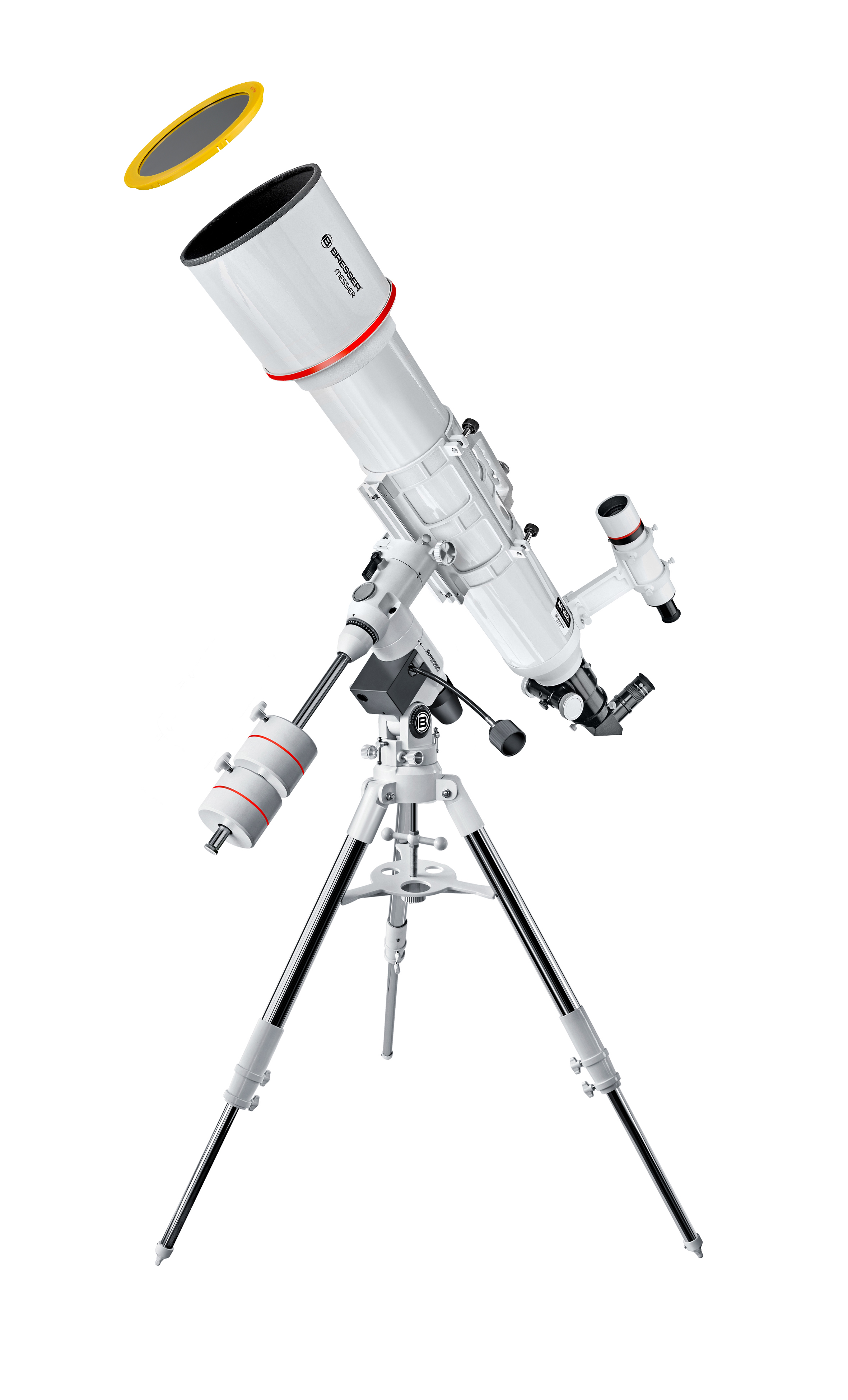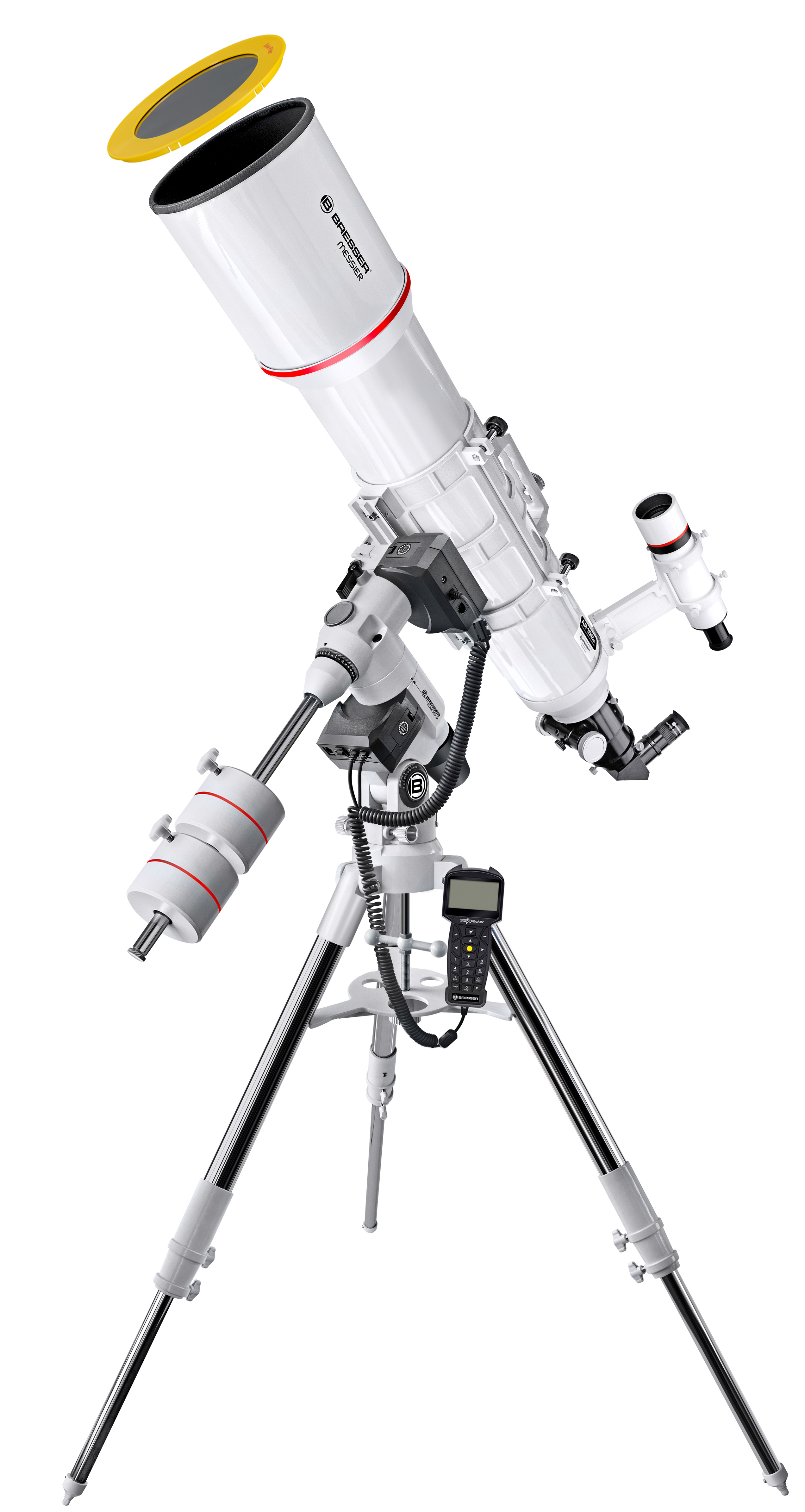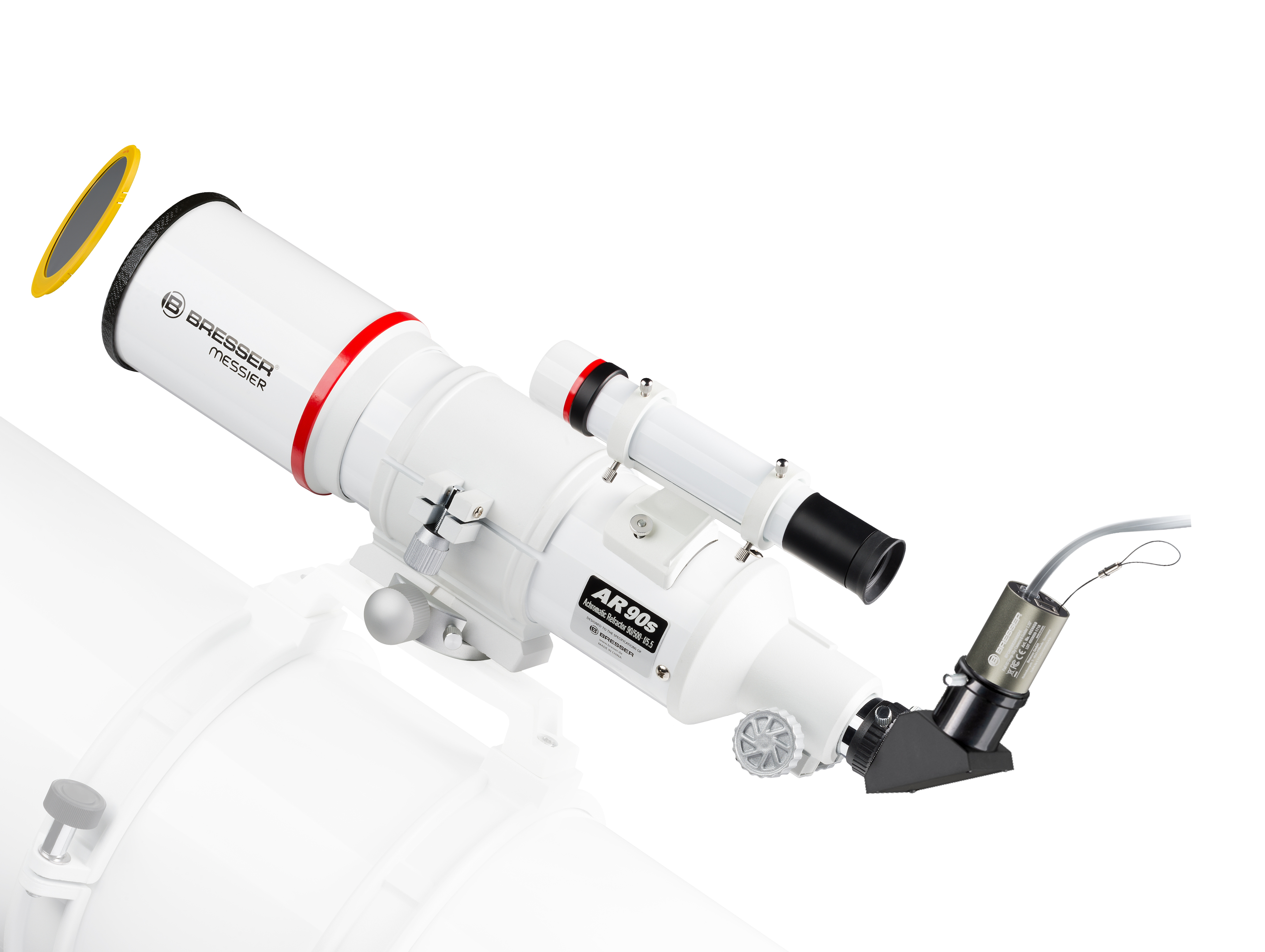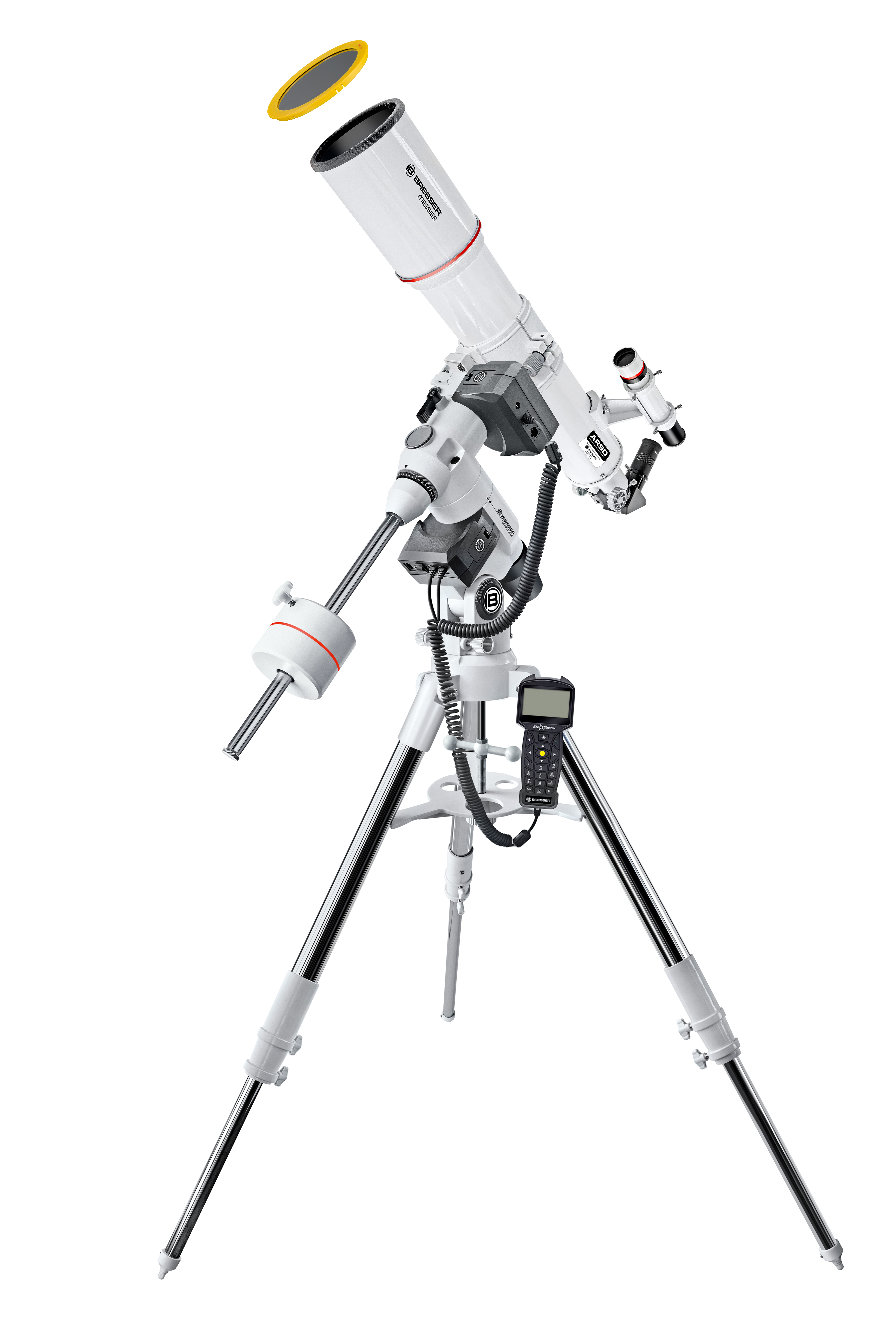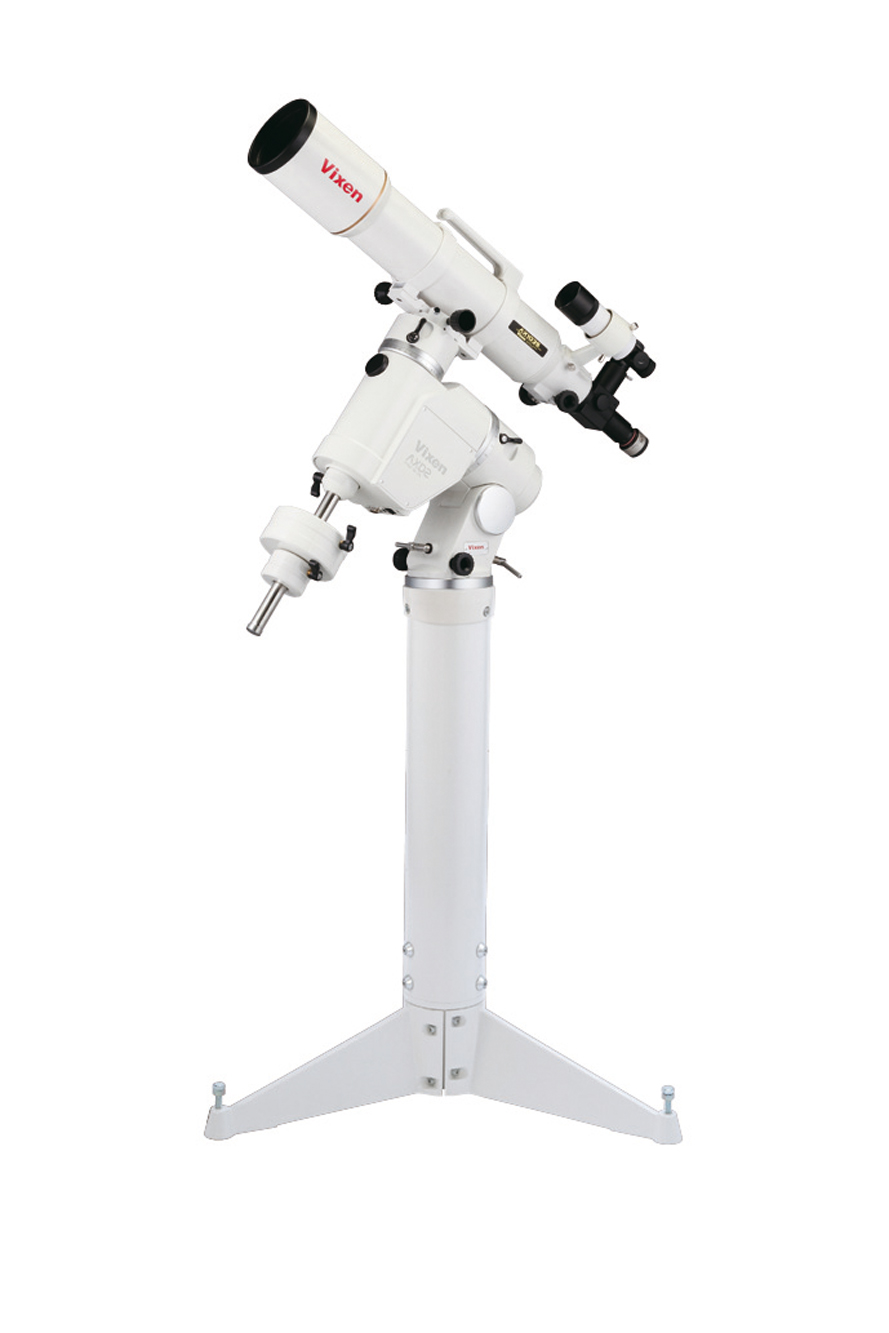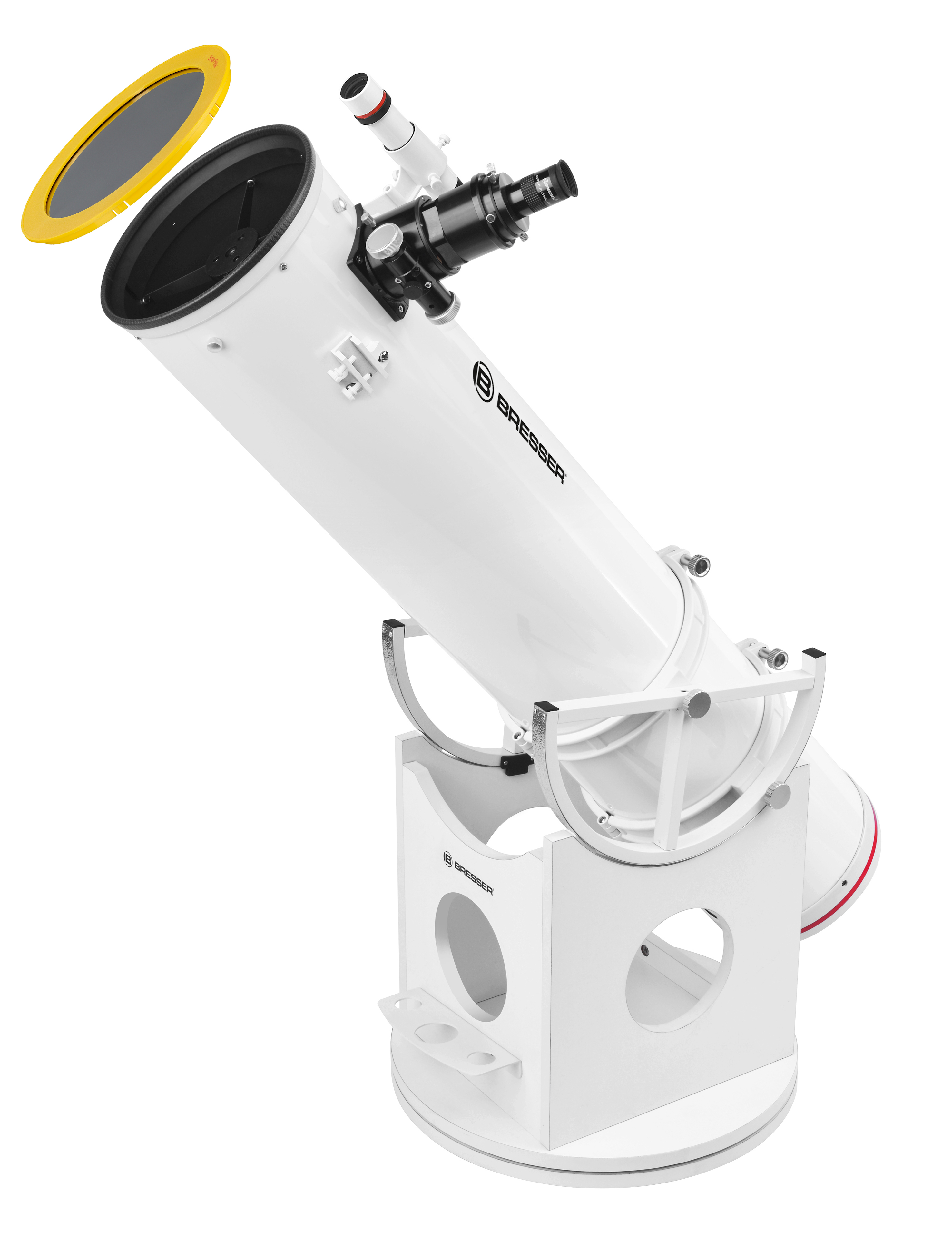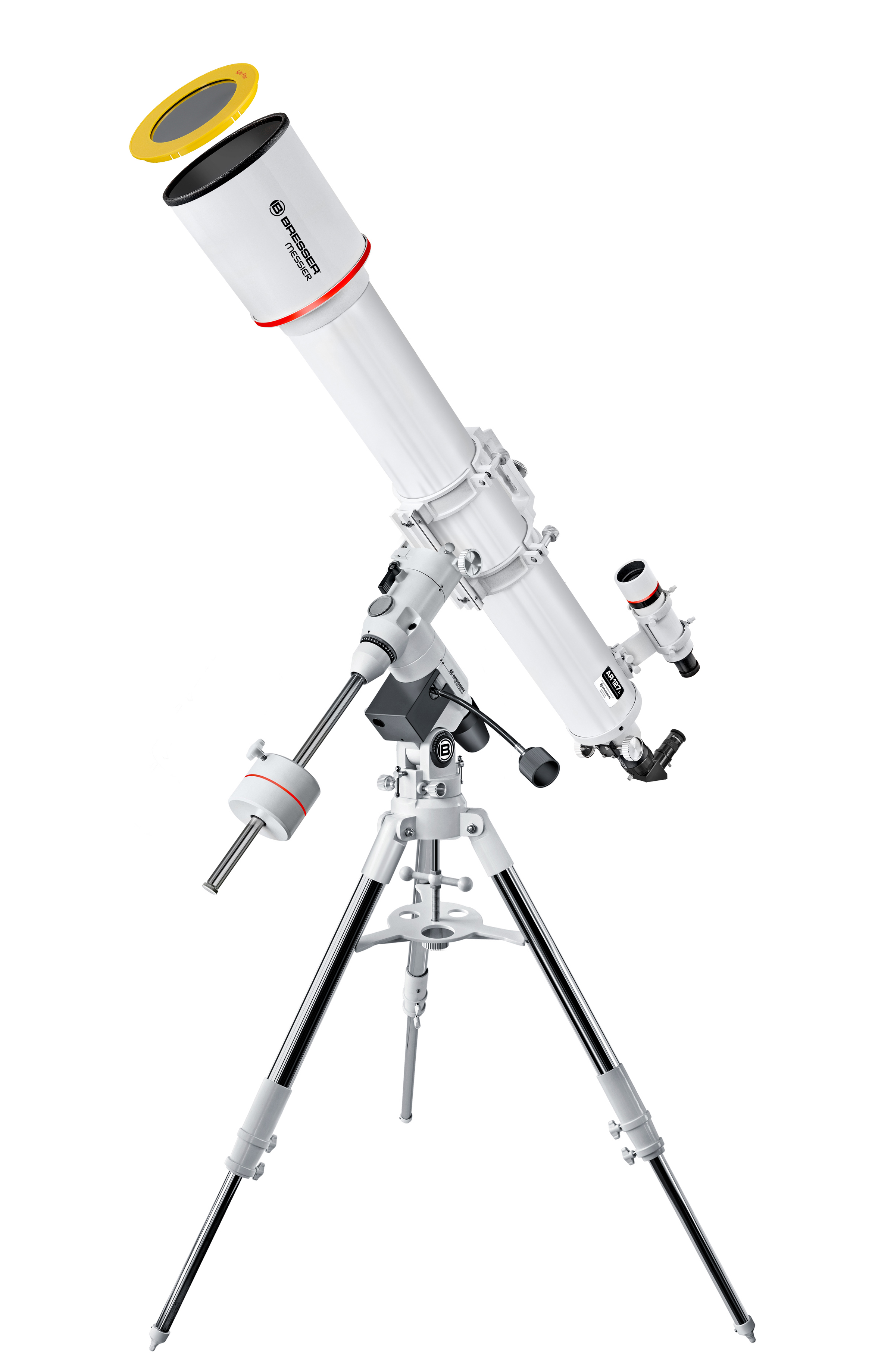
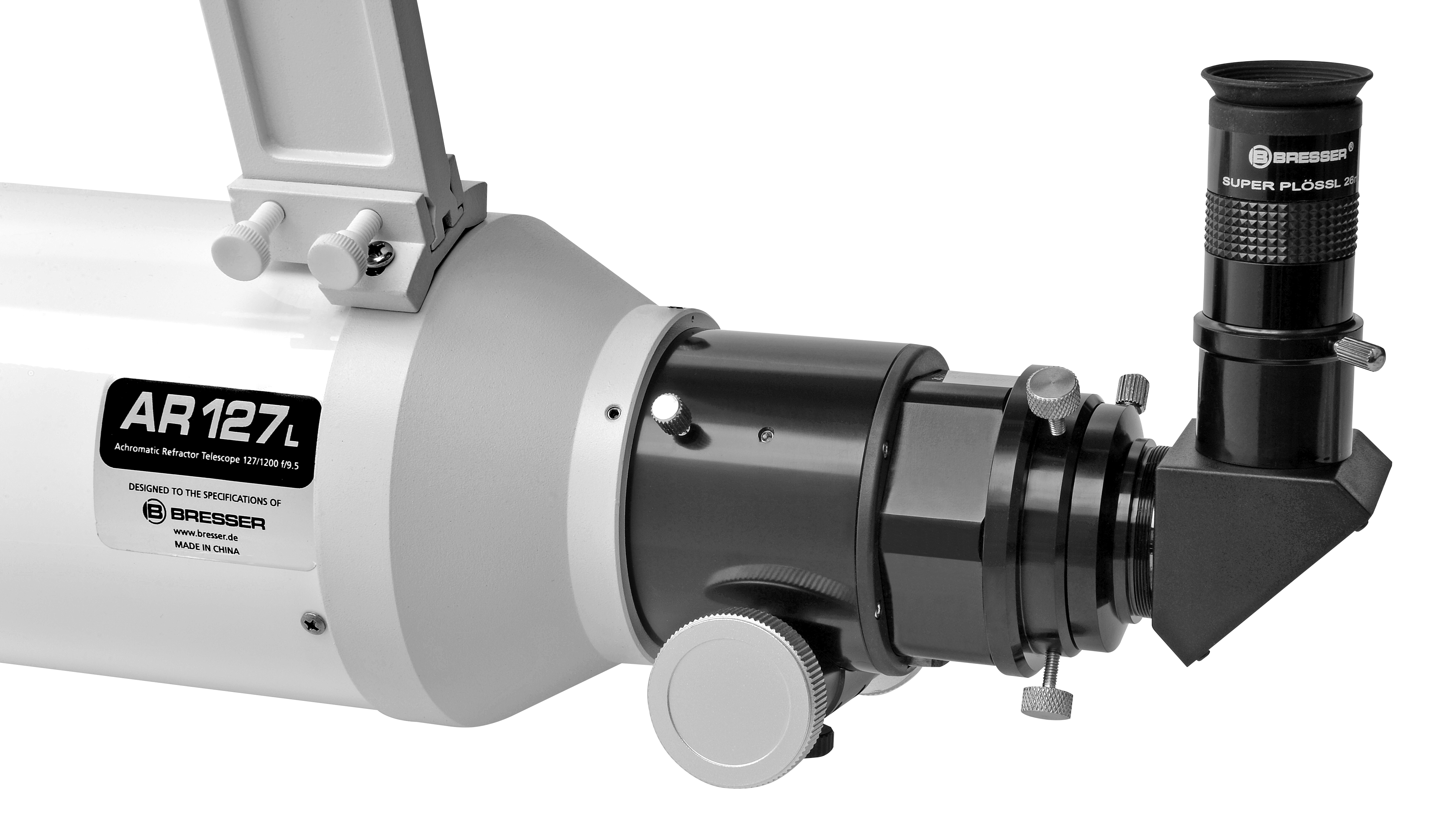
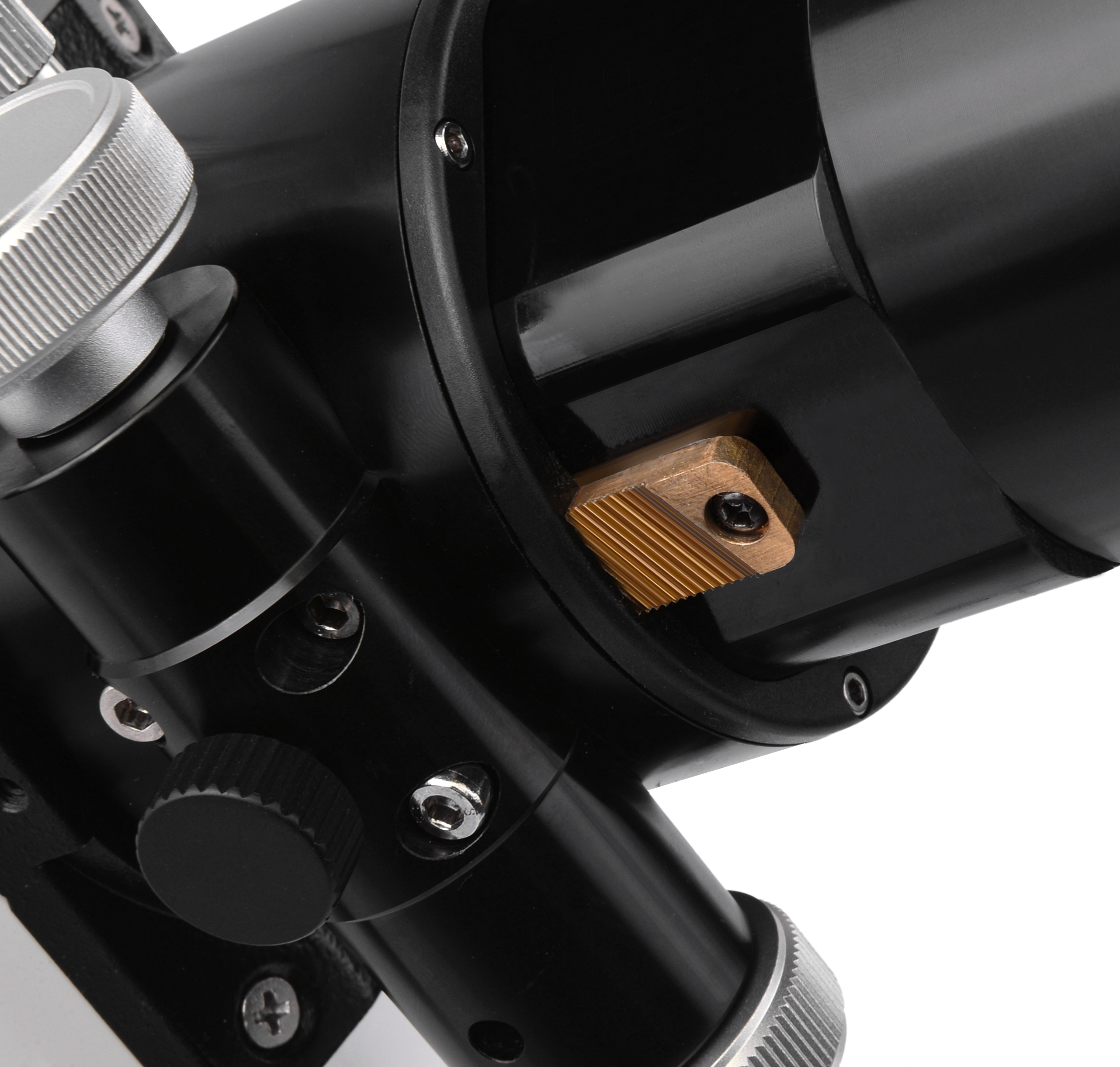
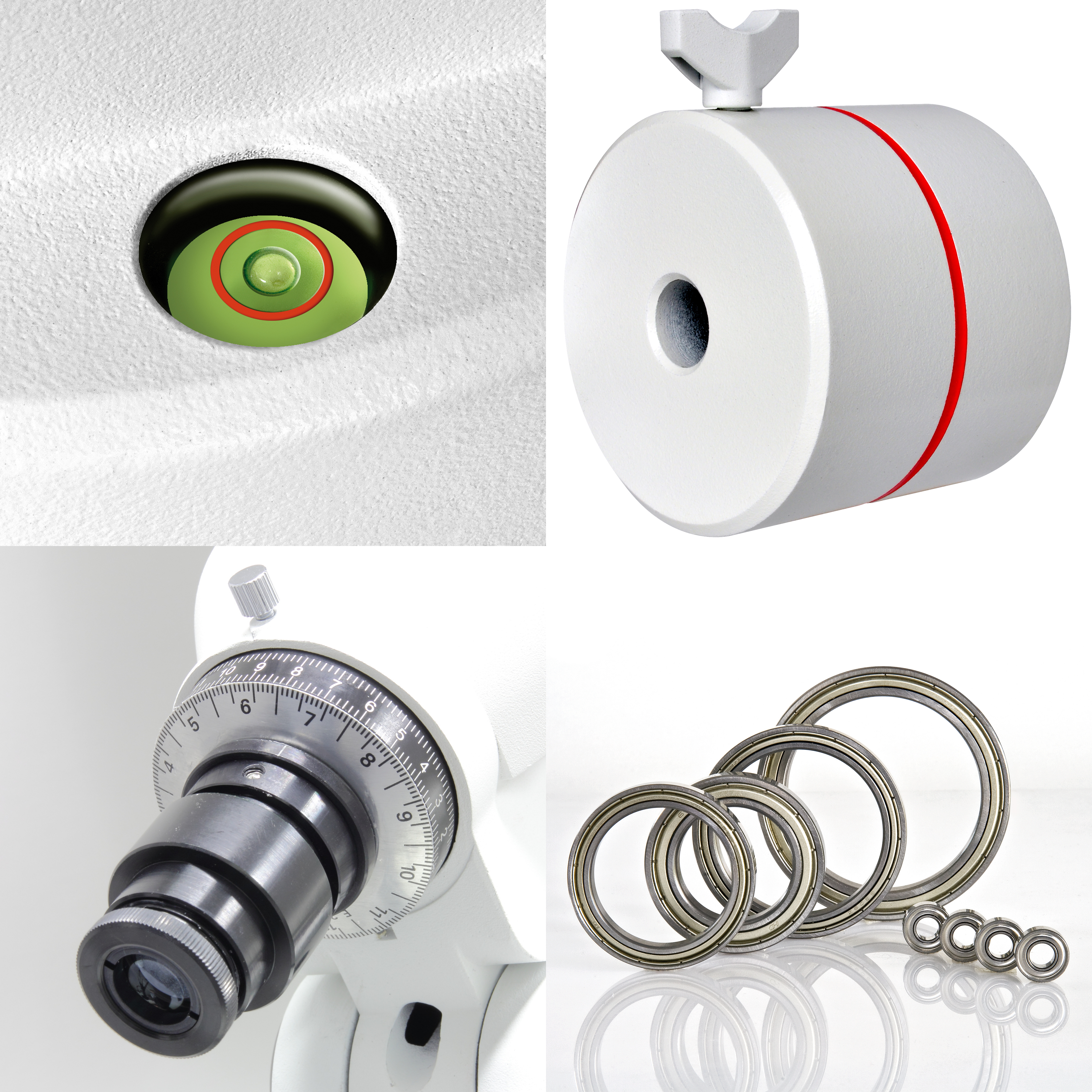
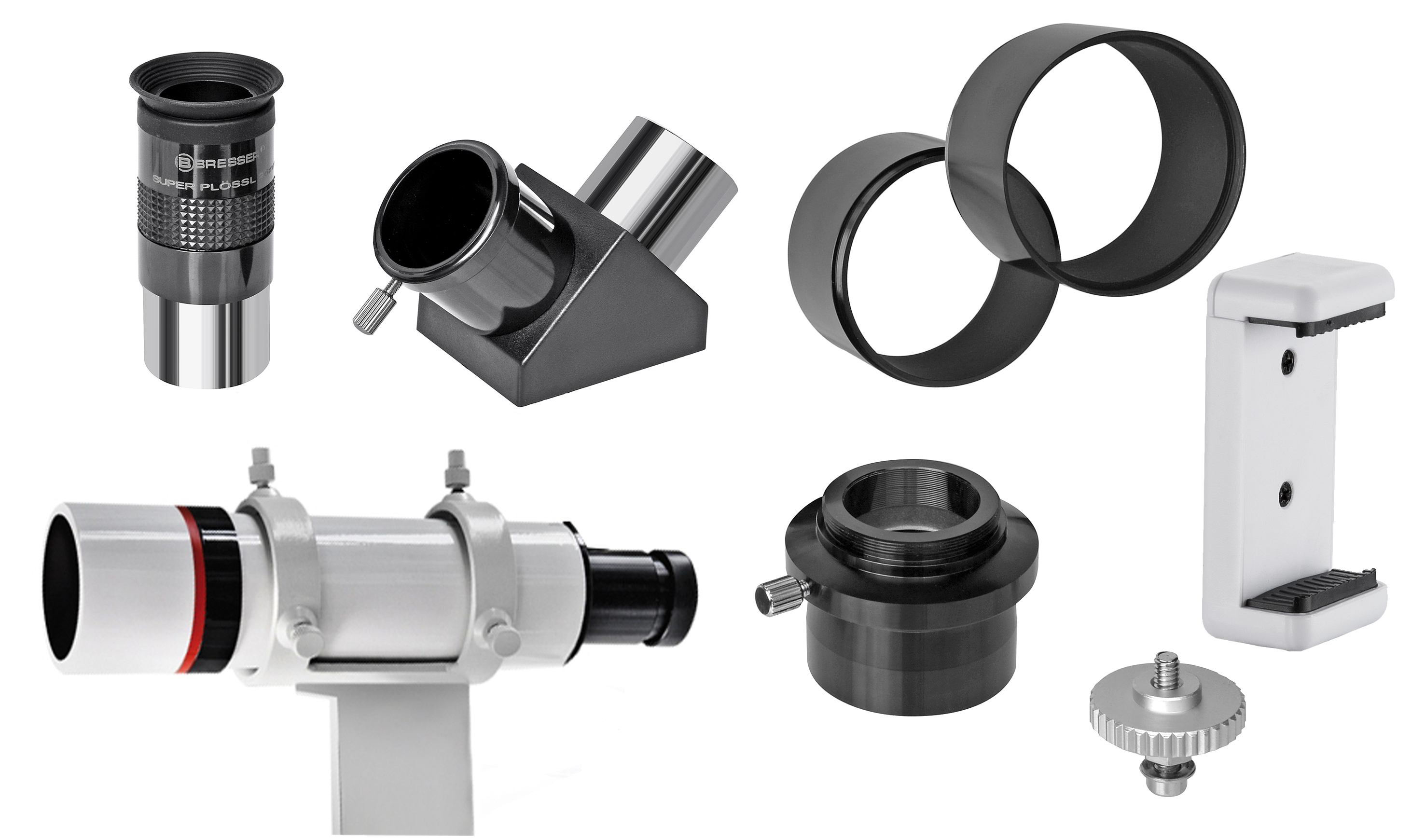
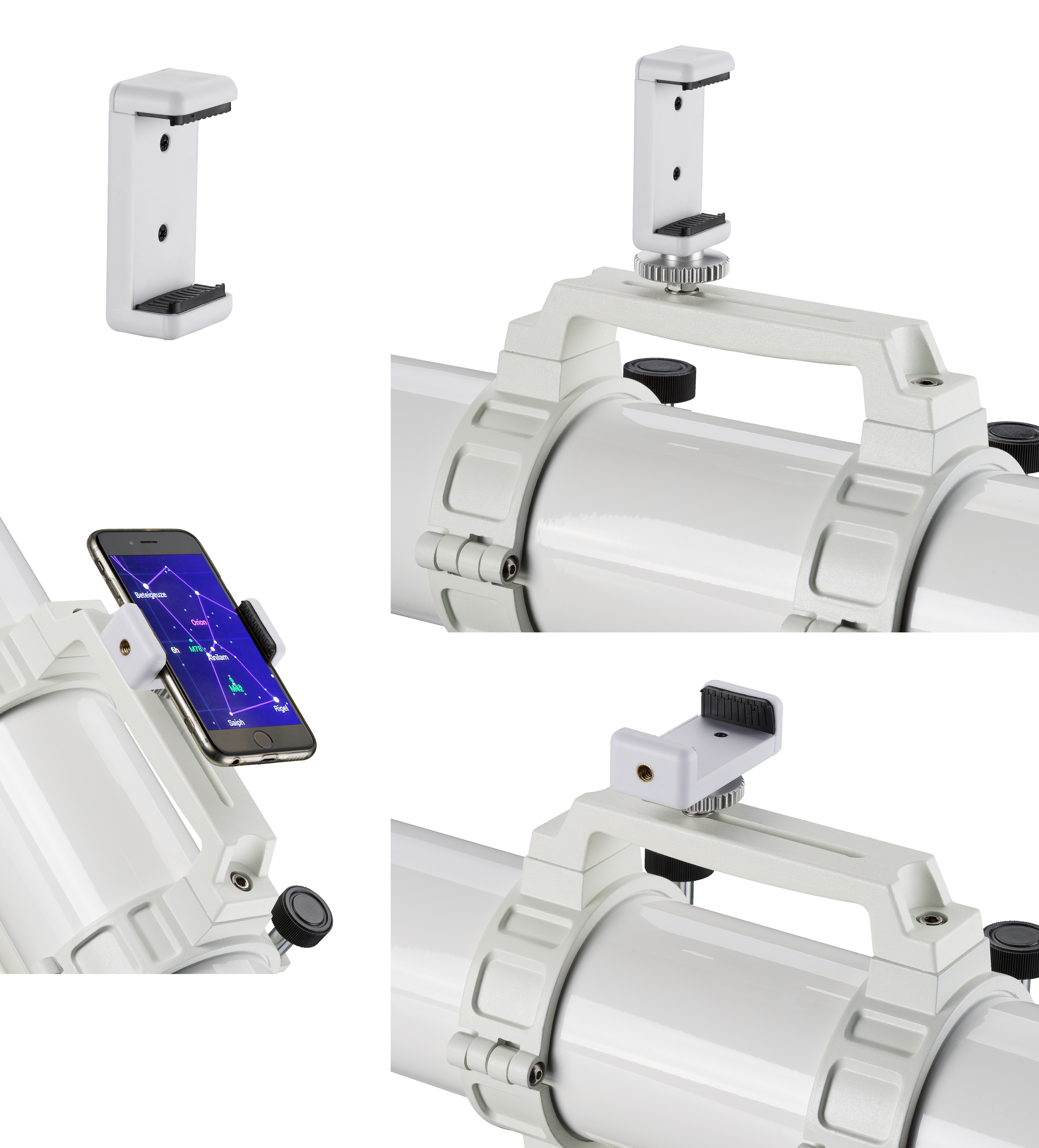
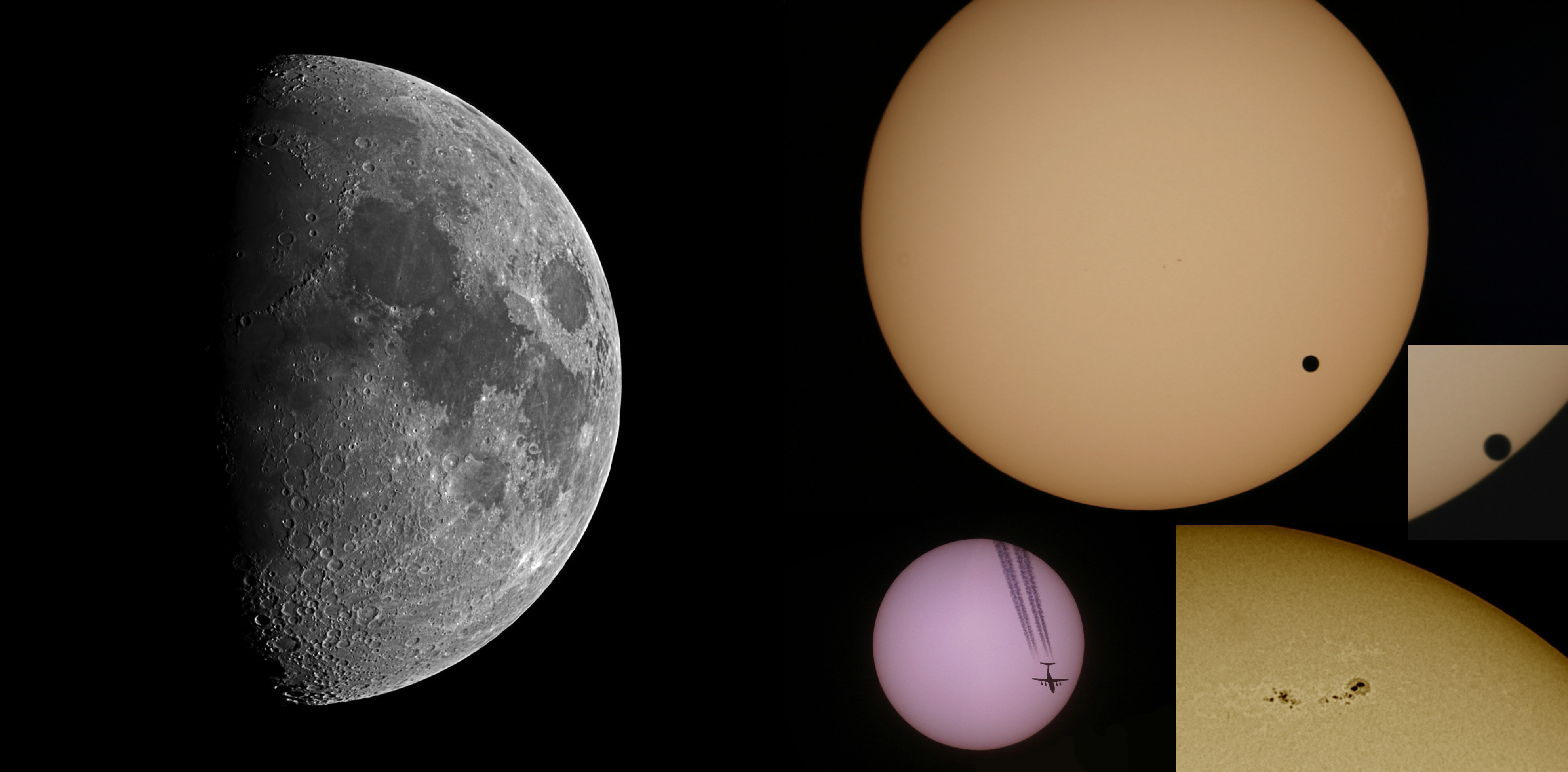





















Achromatic 127mm f/9,4 refractor with mount and tripod
- Achromatic 127mm telescope with stable mount
- D= 127mm; F= 1200mm; F/D= F9.4
- Equat. EXOS-2 mount with a max. load of 13 kg
- GoTo motors + Startracker optional
- Scope of delivery: telescope,mount,tripod,accessories
- Precision mount with ball bearings in all axis
- Telescope for night and solar observation
- Aperture Solar-filter and smartphone adapter for celestial navigation included
- Excellent HEXAFOC focuser with 65mm diameter
- Cradle rings with handle and camera holder included
With BRESSER, you can enjoy a smooth introduction to the vast world of astronomy. Our detailed information ("Telescope Guide") provides valuable tips for beginners— but even experienced astronomers can use the information we provide (e.g., tables for the geographical latitude of all major world cities) as a reference.
Here is the table of contents of the comprehensive BRESSER Telescope Guide:
With BRESSER, you can enjoy a smooth introduction to the vast world of astronomy. Our detailed information ("Telescope Guide") provides valuable tips for beginners—but even experienced astronomers can use the information we provide (e.g., tables for the geographical latitude of all major world cities) as a reference.
Here is the table of contents of the comprehensive BRESSER Telescope Guide:
- 2. The View into the Starry Sky
- 2.1 Observing with the Naked Eye
- 2.1.1 Observing Constellations with the Naked Eye
- 2.2 Observing with Binoculars
- 2.2.1 Observing Planets and Moons with Binoculars
- 2.2.2 Observing Deep Sky Objects with Binoculars
- 2.2.3 Every Beginning is Easy
- 2.3 Observing with a Telescope
- 2.4 The Moon
- 2.4.1 The Moon Phases
- 2.4.2 The Far Side of the Moon
- 2.4.3 The Moon Map
- 2.4.4 Maria (Seas)
- 2.4.5 Mare
- 2.4.6 Craters
- 2.4.7 The Ray Craters
- 2.5 Observing the Solar System with a Telescope
- 2.5.1 Where are the Planets?
- 2.5.2 Planet Observation
- 2.5.3 The Position of the Planets Relative to the Sun
- 2.5.4 The Planets Introduce Themselves
- 2.5.5 Deep Sky Observation with a Telescope
- 2.6 Practical Observation Tips and Tricks
- 2.6.2 Tips for Optimal Observation Conditions
- 2.7 The Most Beautiful Objects Throughout the Year
- 4. Telescopes
- 4.1 The Telescope as an Observation Instrument
- 4.2 Optics
- 4.2.1 Refractor (Lens Telescope)
- 4.2.2 Reflector (Mirror Telescope)
- 4.3 Mechanics
- 4.3.1 Altazimuth Mount
- 4.3.2 Equatorial Mount
- 4.3.3 Drive Motors
- 4.4 Accessories
- 4.4.1 Eyepieces
- 4.4.2 Important Tips for Eyepiece Selection
- 4.4.3 Filters
- 4.4.4 Photographic Accessories
- 4.4.5 Other Accessories
- 5.1 Which Telescope for Whom?
- 5.1.1 Deep-Sky Observations
- 5.1.2 Observing Closer Planets
- 5.1.3 The Topic of Portability
- 5.1.4 Price Factor When Buying a Telescope
- 6. Useful Tables
- 6.1 Table for the Geographic Latitude of All Major World Cities
- 6.1.1 Observers in the Northern Hemisphere (N):
- 6.1.2 Observers in the Southern Hemisphere (S):
- 6.2 Lookup Table for Notable Stars
- 6.3 Getting Acquainted with the Universe - or: Distances in Space
For the price-sensitive planetary observer the AR-127L is a dream machine. View tiny dots and structures in the cloud bands of Jupiter, small rims and craters on the surface of the moon and details on Mars, including the ice-covered polar regions of our neighbouring planet. Watch Jupiter's moons dance around the planet and detect the greenish glow of Uranus far beyond Saturns orbit. The combination of large aperture and long focal length provides tack-sharp high-contrast pictures that will impress you every time anew.
CHARACTERISTICS OPTIC
- Optical design: refractor telescope
- Lens diameter: 127 mm / focal length: 1200 mm / F/9.4
- Maximum recommended magnification: 354x
- High-quality and light gathering achromatic objective lens
- Modern multi-coating of the lenses for a bright and high-contrast image
- Robust aluminium tube construction
- Very high quality Hexafoc focuser with 2.5" free inner diameter
- 8x50 viewfinder with crosshair eyepiece; optimised finder mount for comfortable viewing
- 31.7mm (1.25") zenith mirror
- Hand grip for comfortable transport with integrated camera holder (photo thread screw)
- Prism rail with stainless steel clamping surface (44mm universal dovetail for GP/EQ5/LXD75)
- 50.8 to 31.7mm adapter with integrated T2 adapter (optional T2 ring required)
- Smartphone adapter for celestial navigation included
- Telescope for night and solar observing
CHARACTERISTICS MOUNT
- Stable parallactic mount with fine drive in both axes
- Ball bearings in both axes for more precise movements
- Stable height adjustable stainless steel tripod ( Min. 69cm / Max. 109,5cm )
- Load capacity up to 13 kg payload
- Retrofittable with the Bresser Star Tracker Goto Kit ( item no. 4951750 )
- Circular bubble for easy horizontal alignment
- Pole height scale for setting the latitude
- Scaled graduated circular rings to facilitate finding objects using a star atlas or planetarium software
- Pole finder scope with optional illumination ( item no. 4964212 )
- Tripod weight: 4.7 kg
- Mount weight: 5.6 kg (without counterweight)
- Total weight incl. counterweight: 14.8 kg
- Batteries: not included
Scope of delivery
- optical tube
- 26mm Super Plössl eyepiece (31.7mm / 1.25")
- 31.7mm (1.25") zenith mirror
- integrated 31.7 mm and T2 adapter
- Prism rail with stainless steel clamping surface (44mm universal dovetail for GP/EQ5/LXD75)
- 8x50 viewfinder
- Rotatable star chart
- Lens solar filter
- Tube clamps with carrying handle and camera mount
- Smartphone adapter for celestial navigation
- Astronomy PC software Stellarium (via download)
- Bresser EXOS-2 mount
- 1 x 4.5 kg counterweight
- Stainless steel tube field tripod with accessory tray
| Colour: | white |
|---|---|
| Dust protection caps: | Dust protection caps for front lens and eyepiece holder |
| Finderscope: | 8 x 50 mm |
| Fine movements: | Manual (RA and DEC) |
| Focus Group [Telescopes]: | Advanced Amateurs, Beginners |
| Focusing system: | 2.5" Hexafoc |
| Material: | Aluminium |
| Material tripod 3): | Stainless Steel |
| Mount Type [Telescopes]: | German/Equatorial Mount |
| Optical design: | Achromatic Refractor |
| Product Family [Telescopes]: | Refractor telescope |
| Product series: | Messier |
| Type of coating: | Multi coated |
Accessories
Similar products
Customers also viewed


